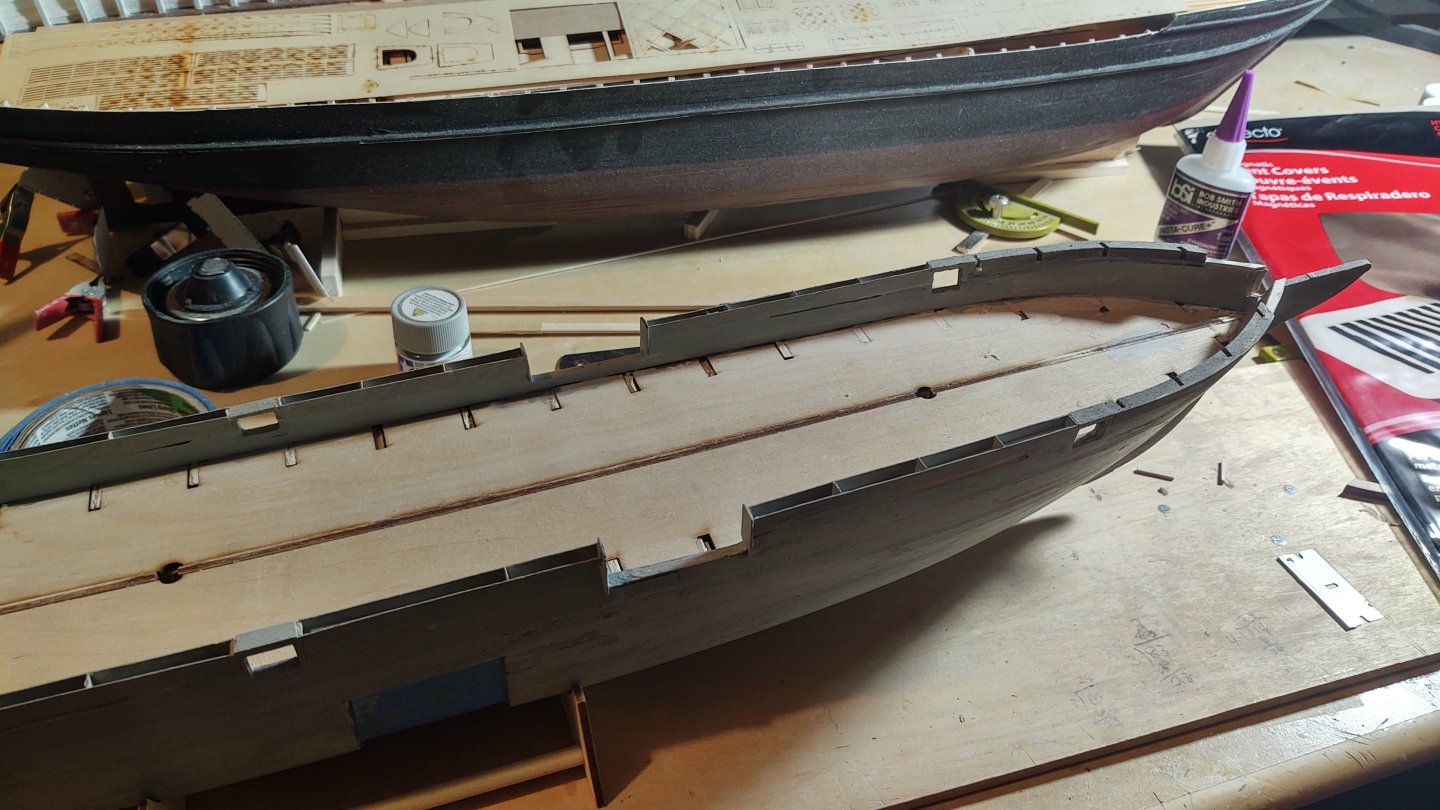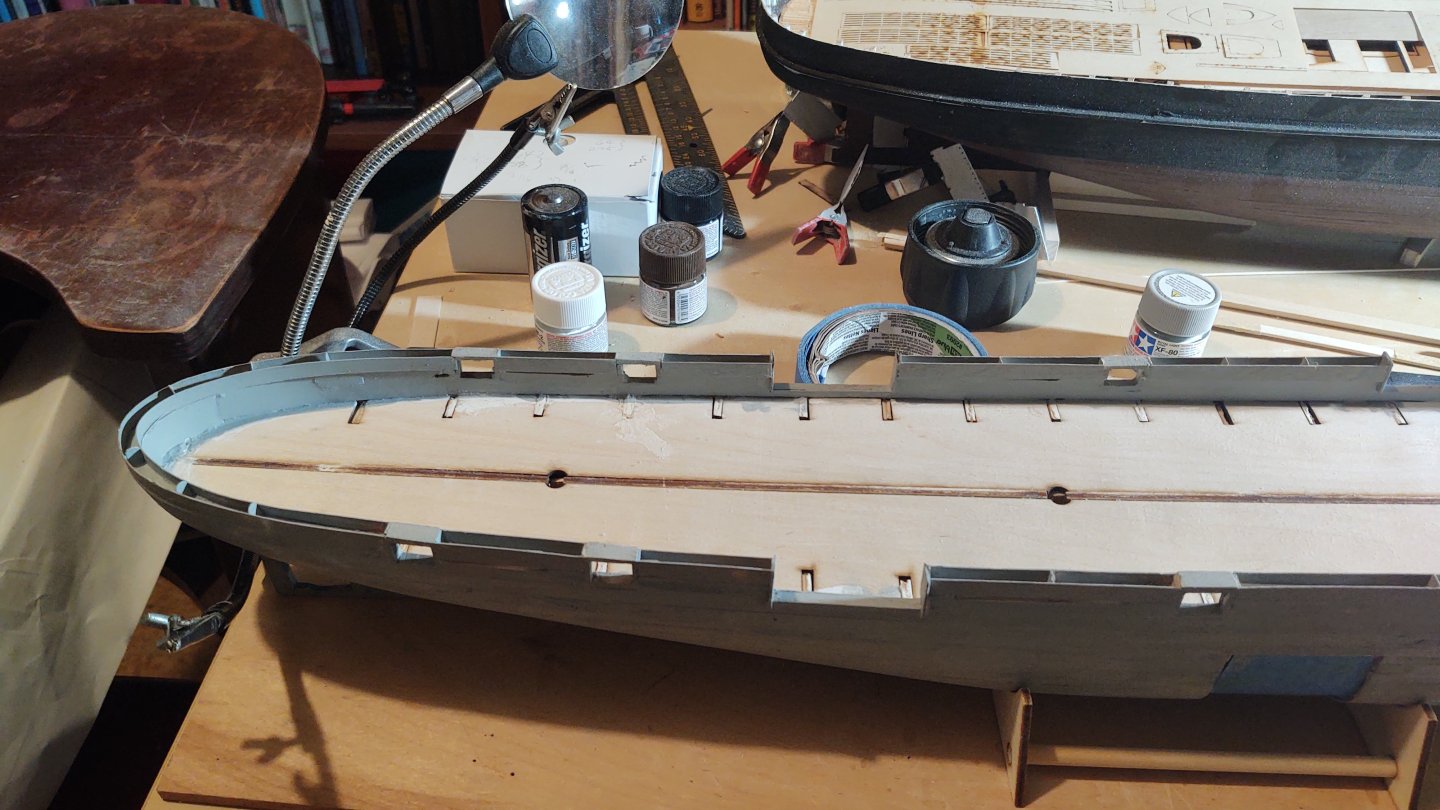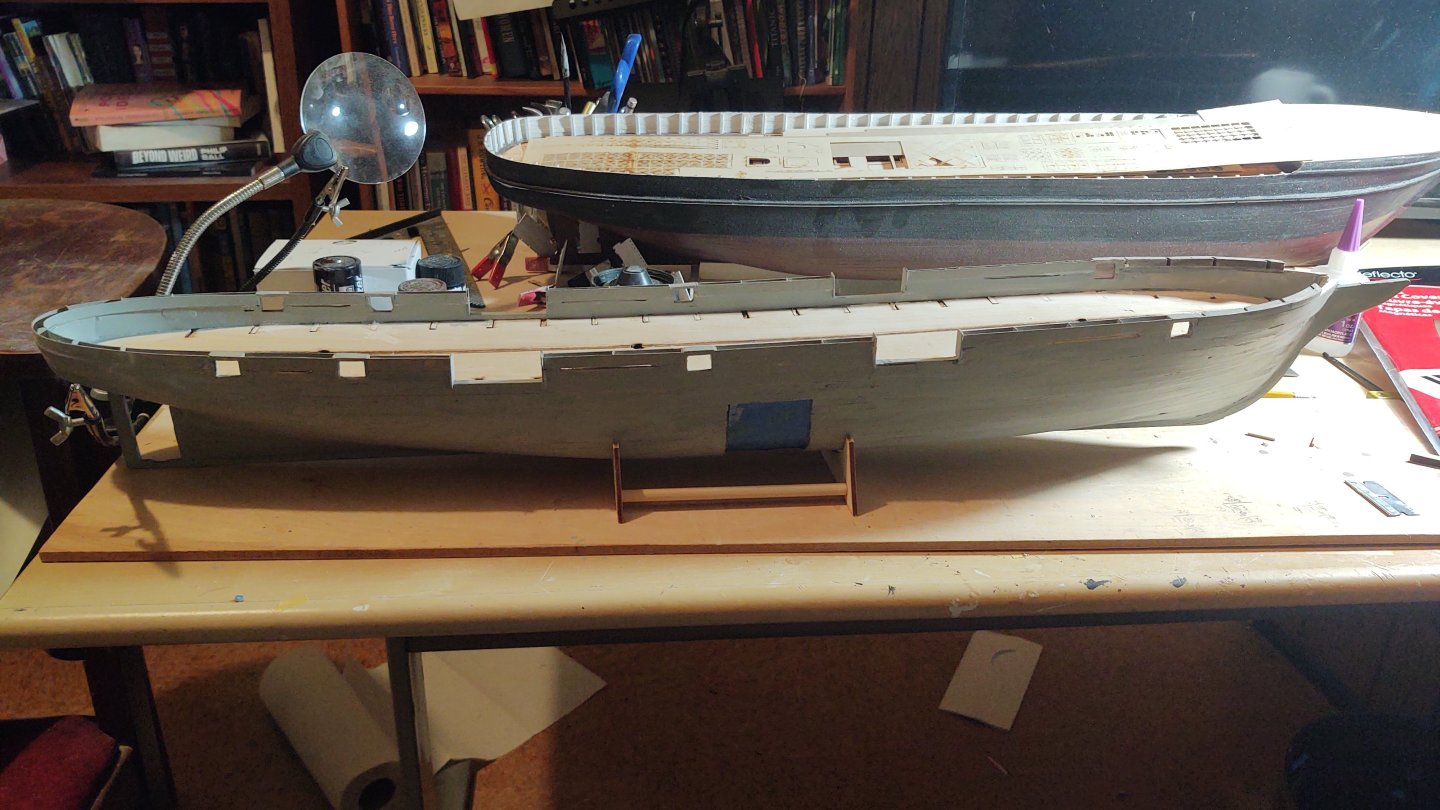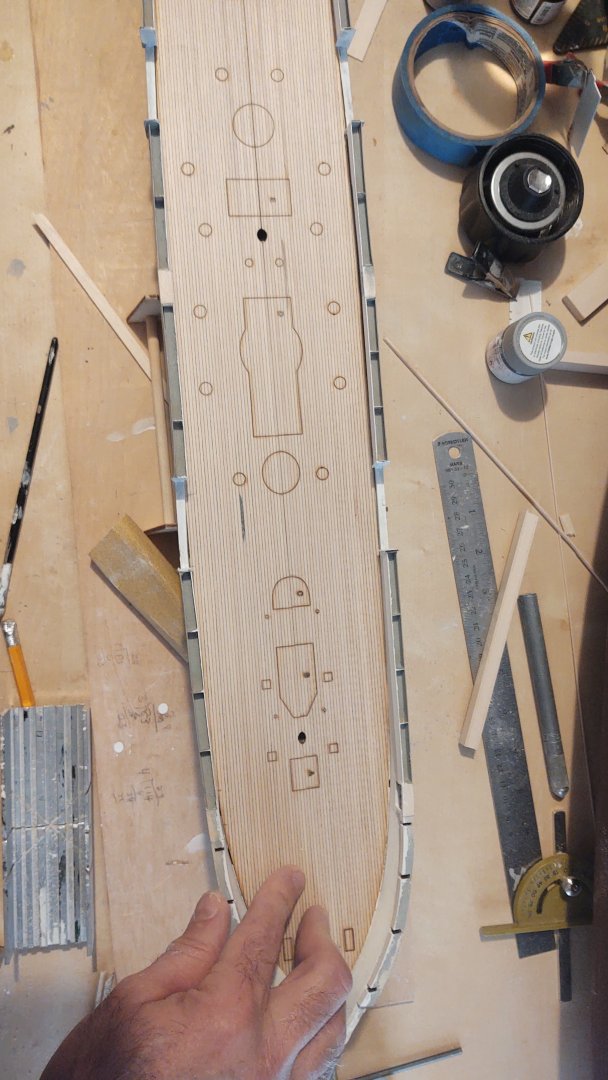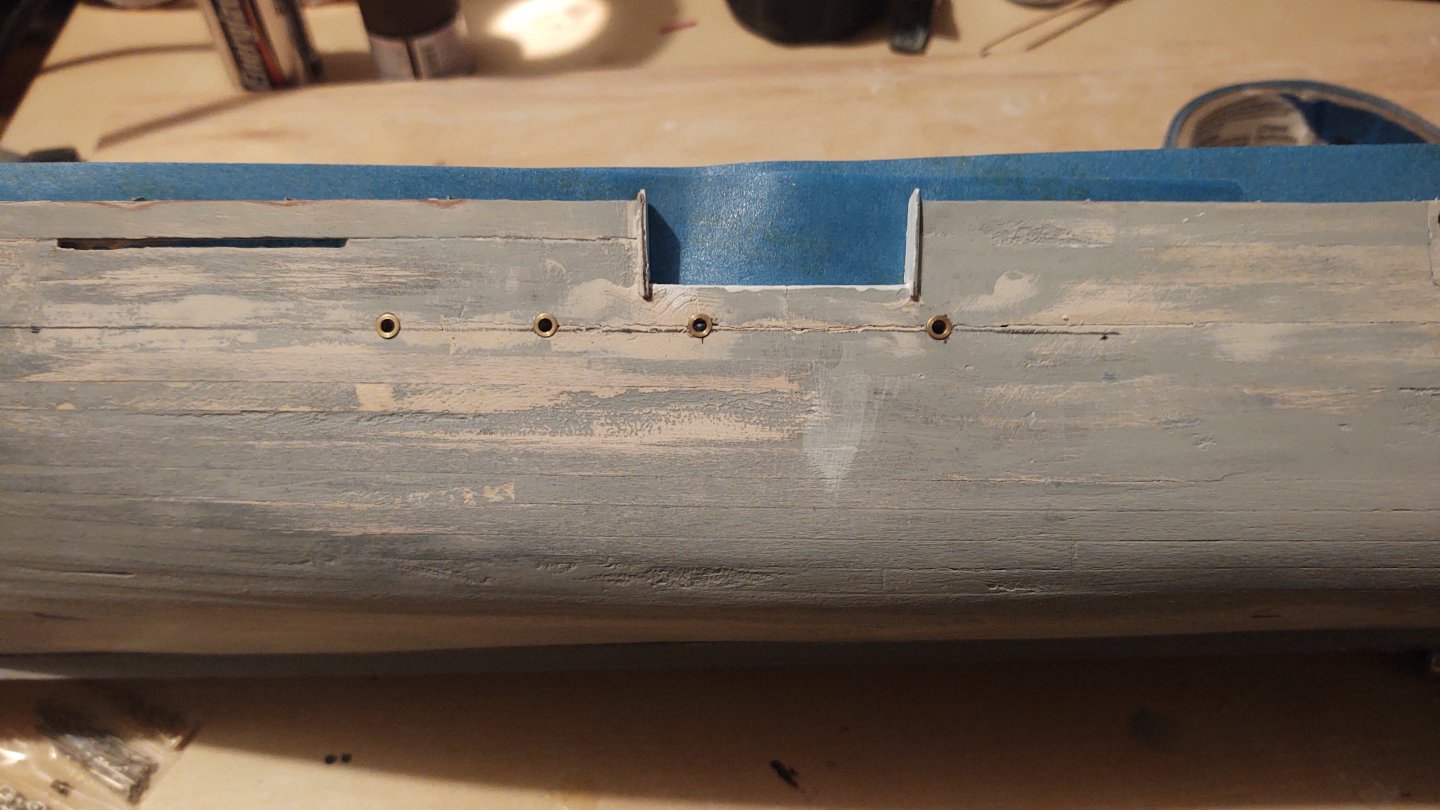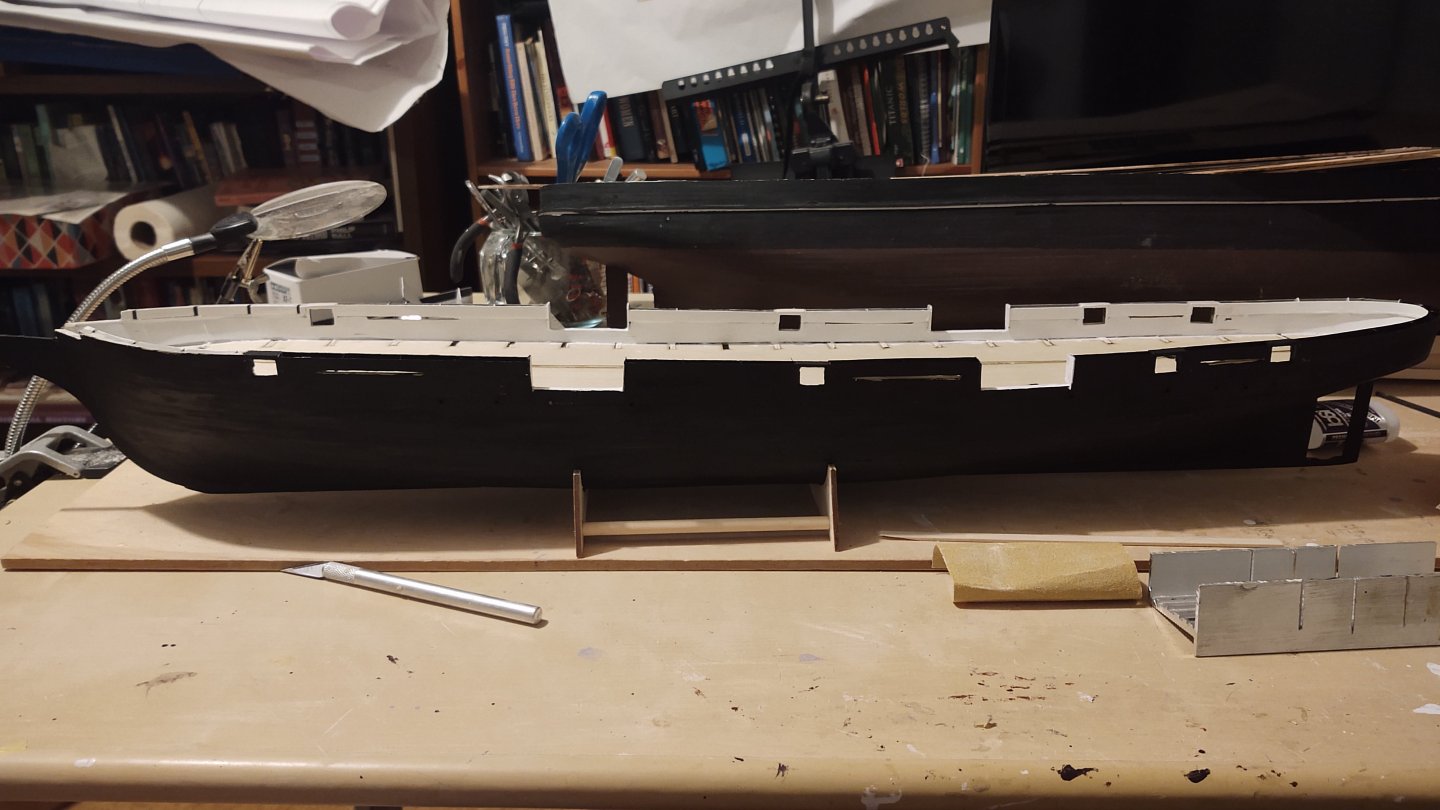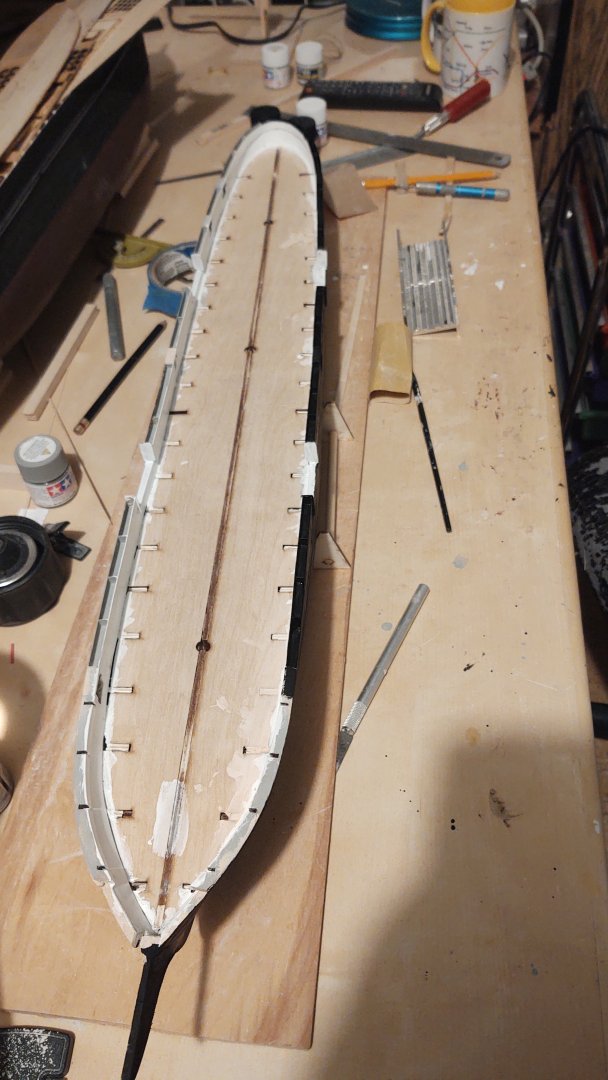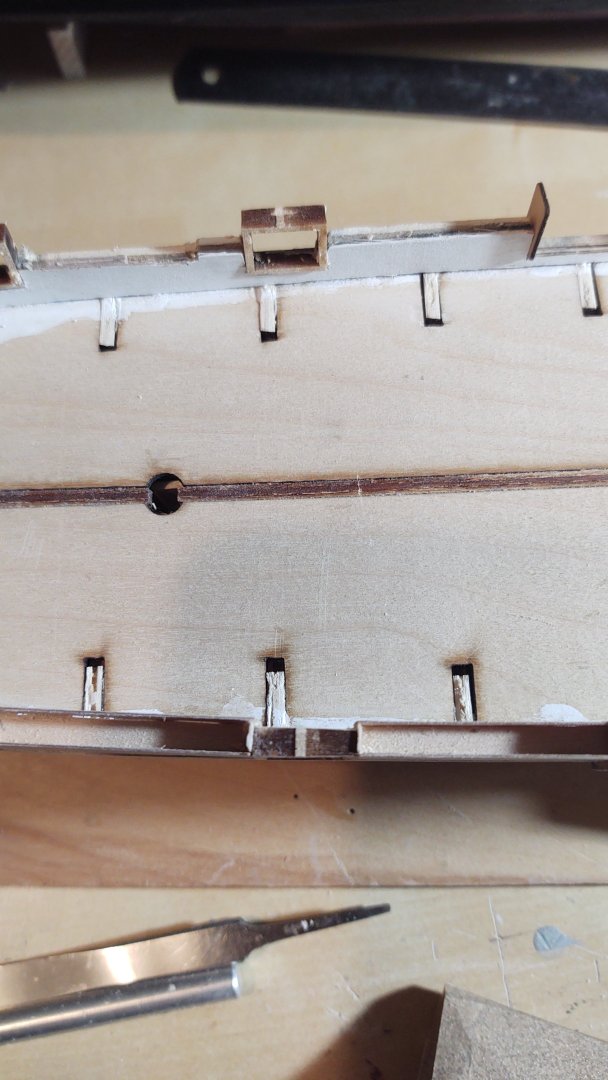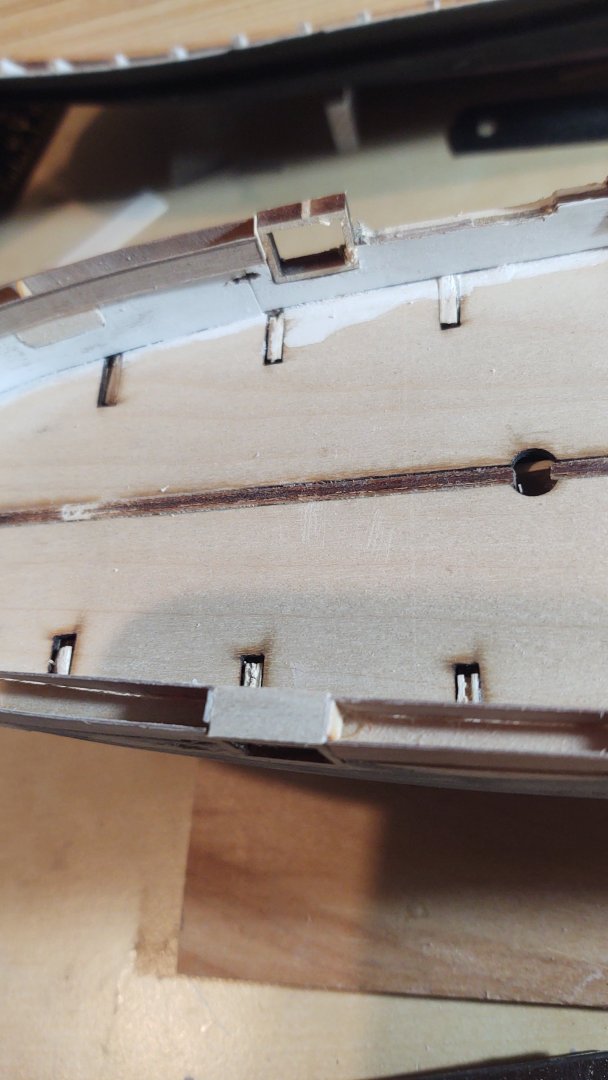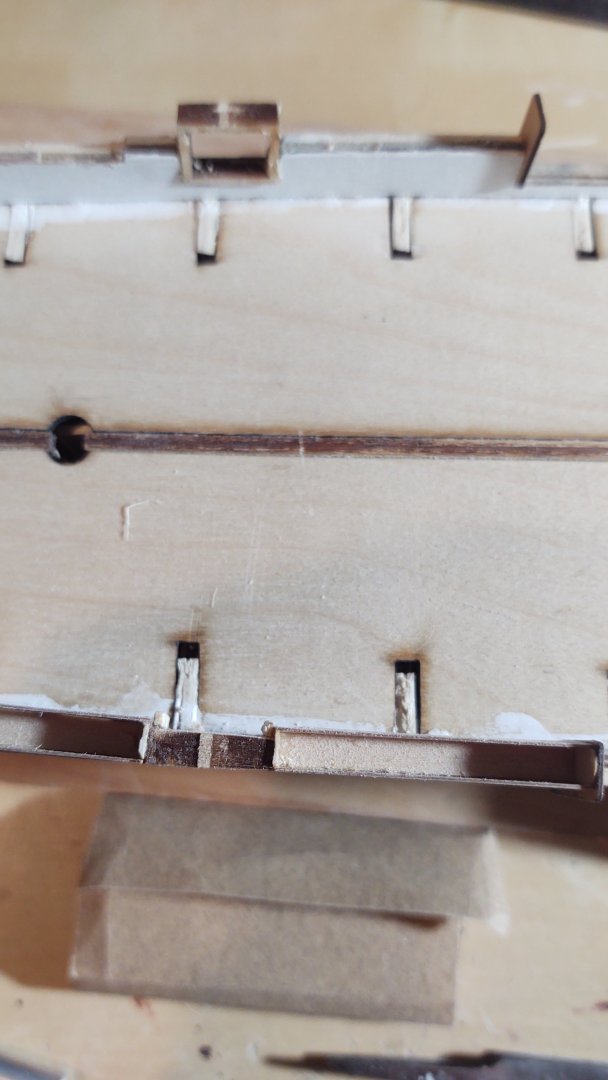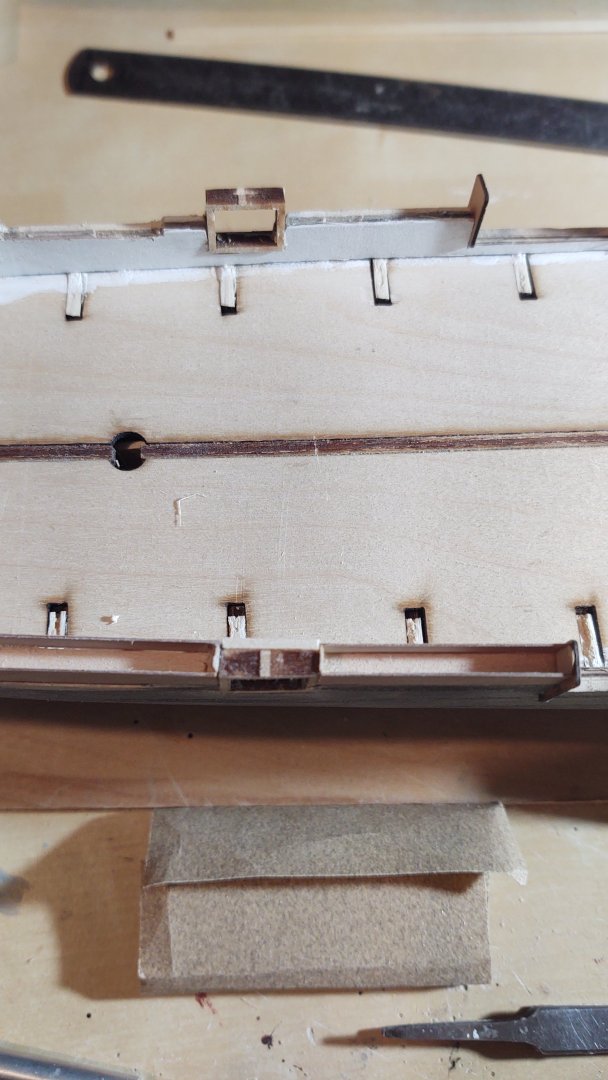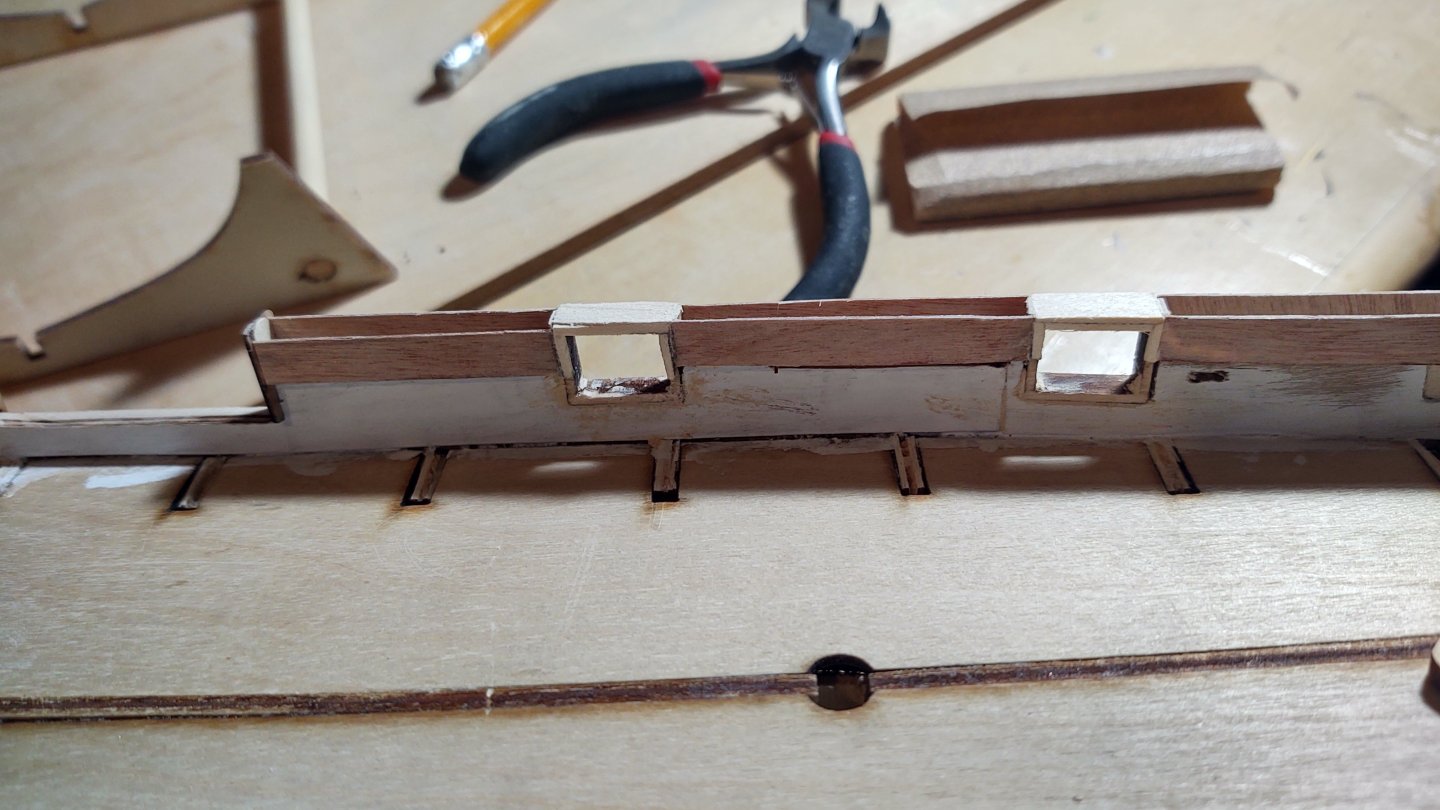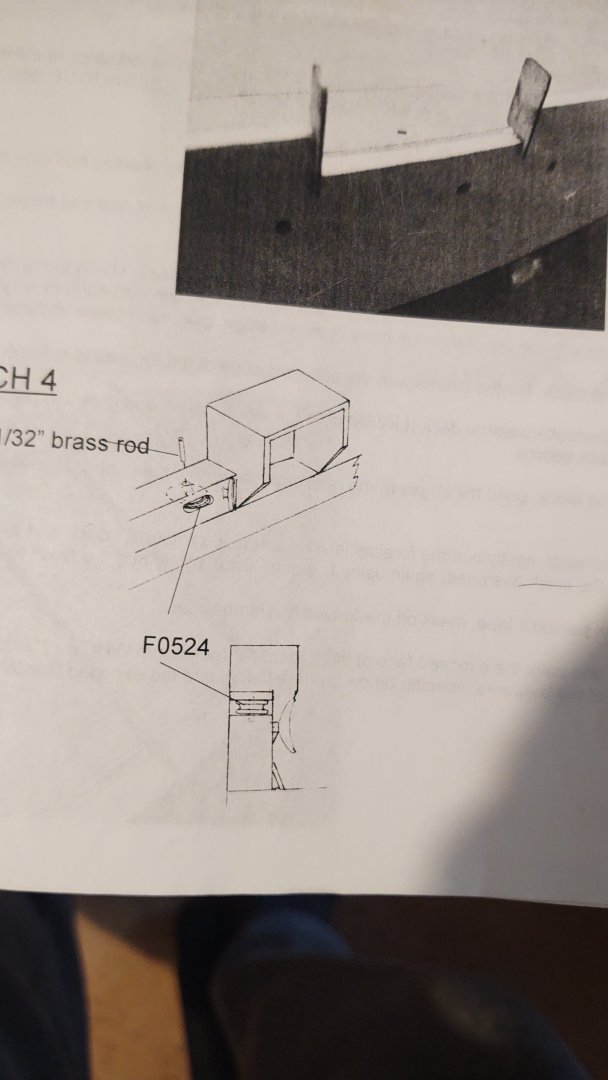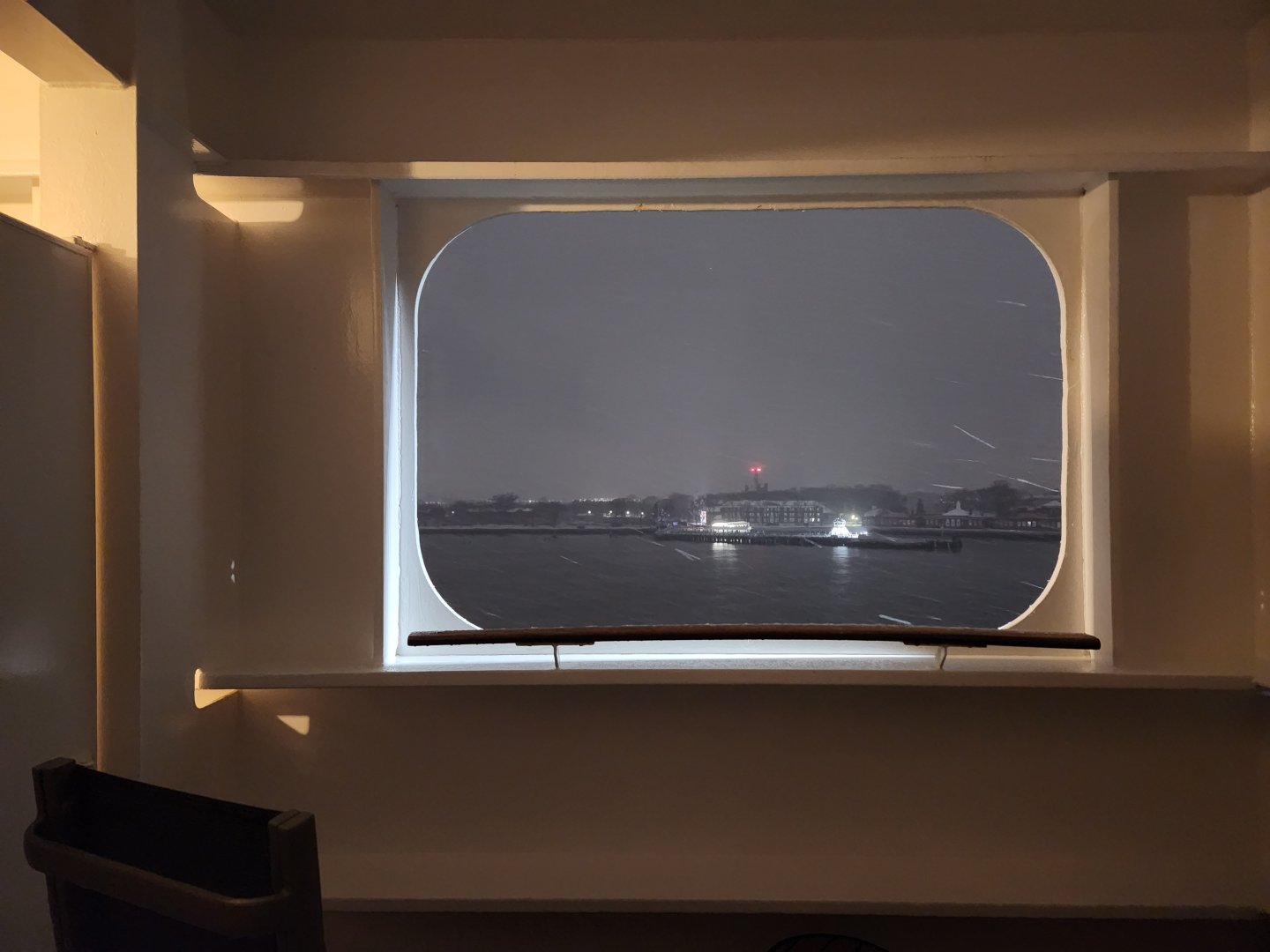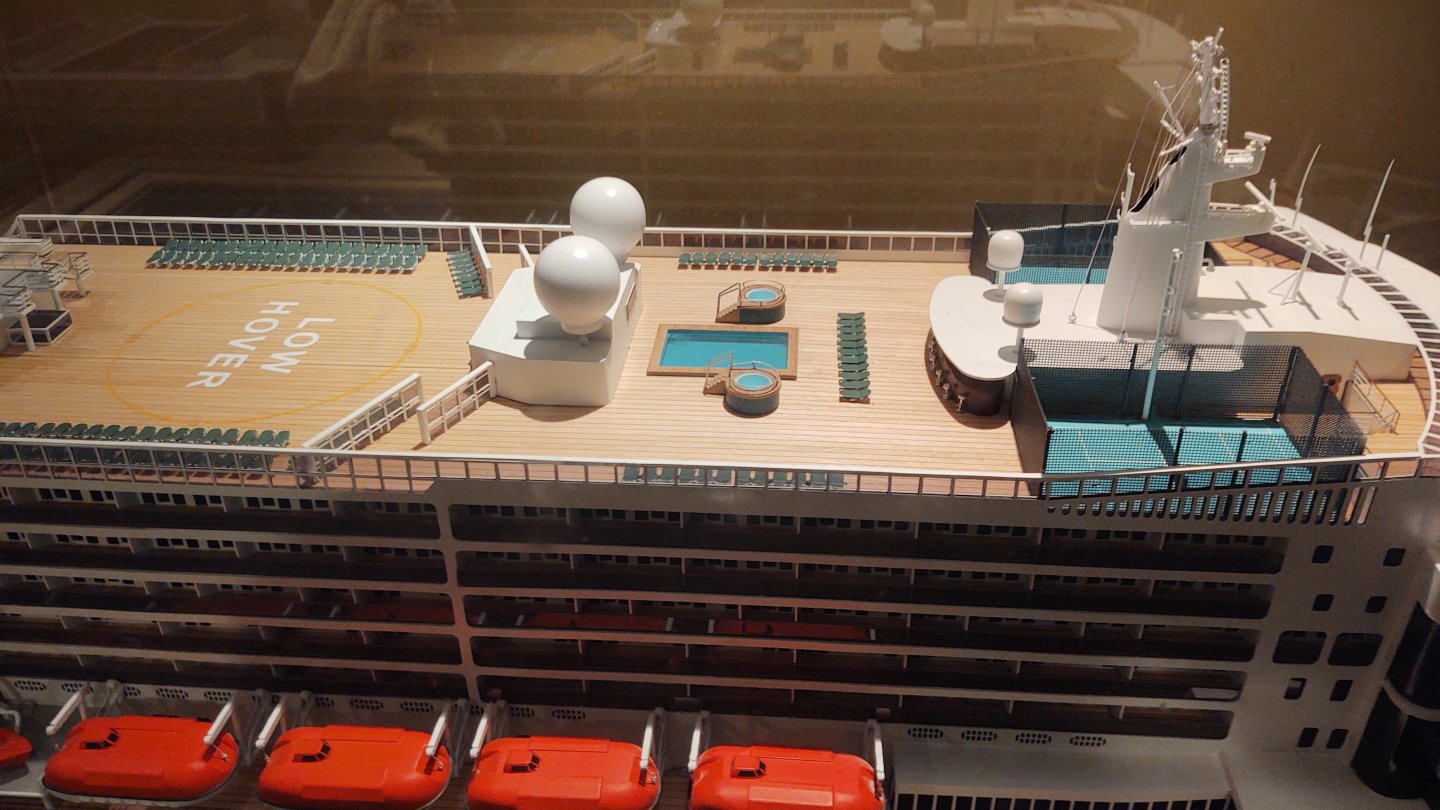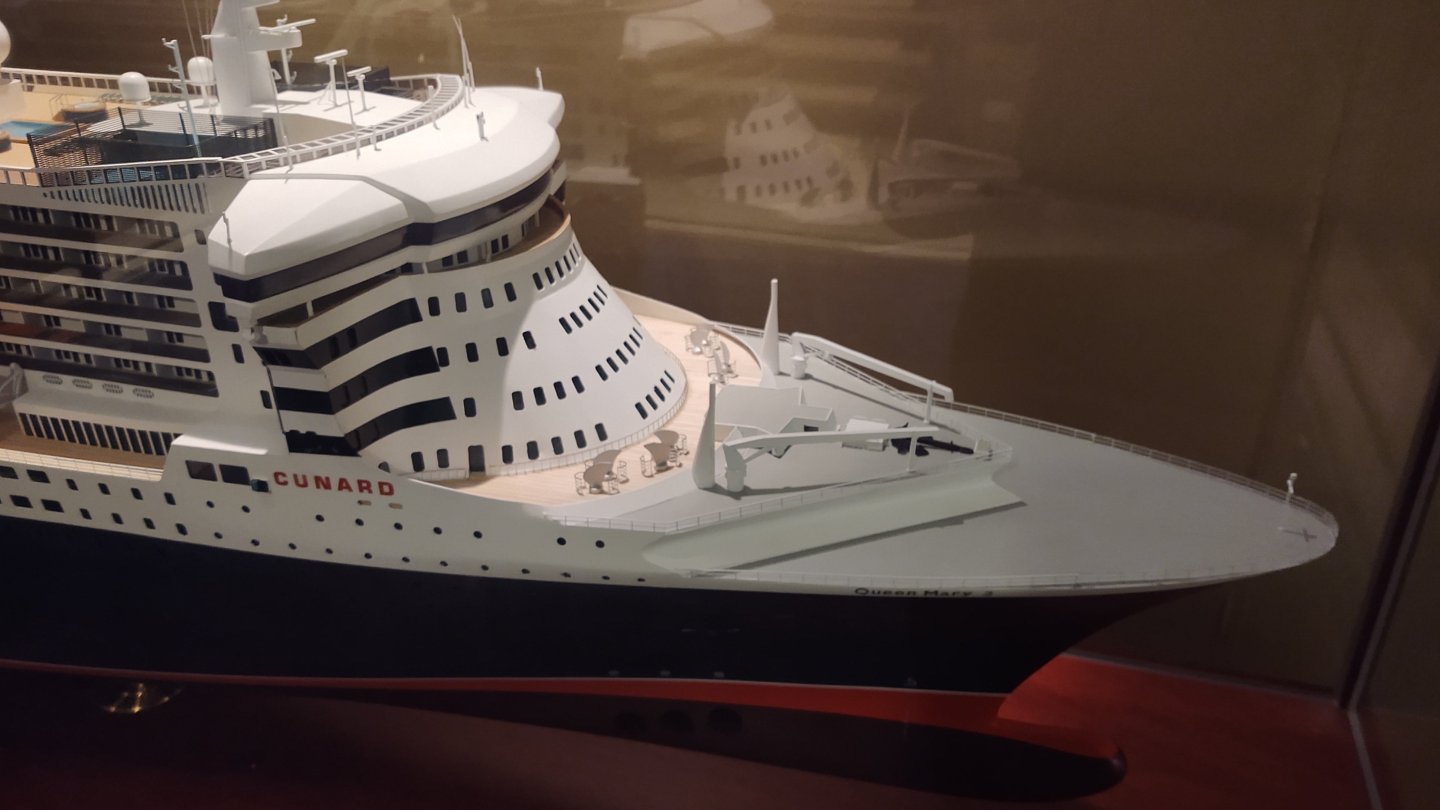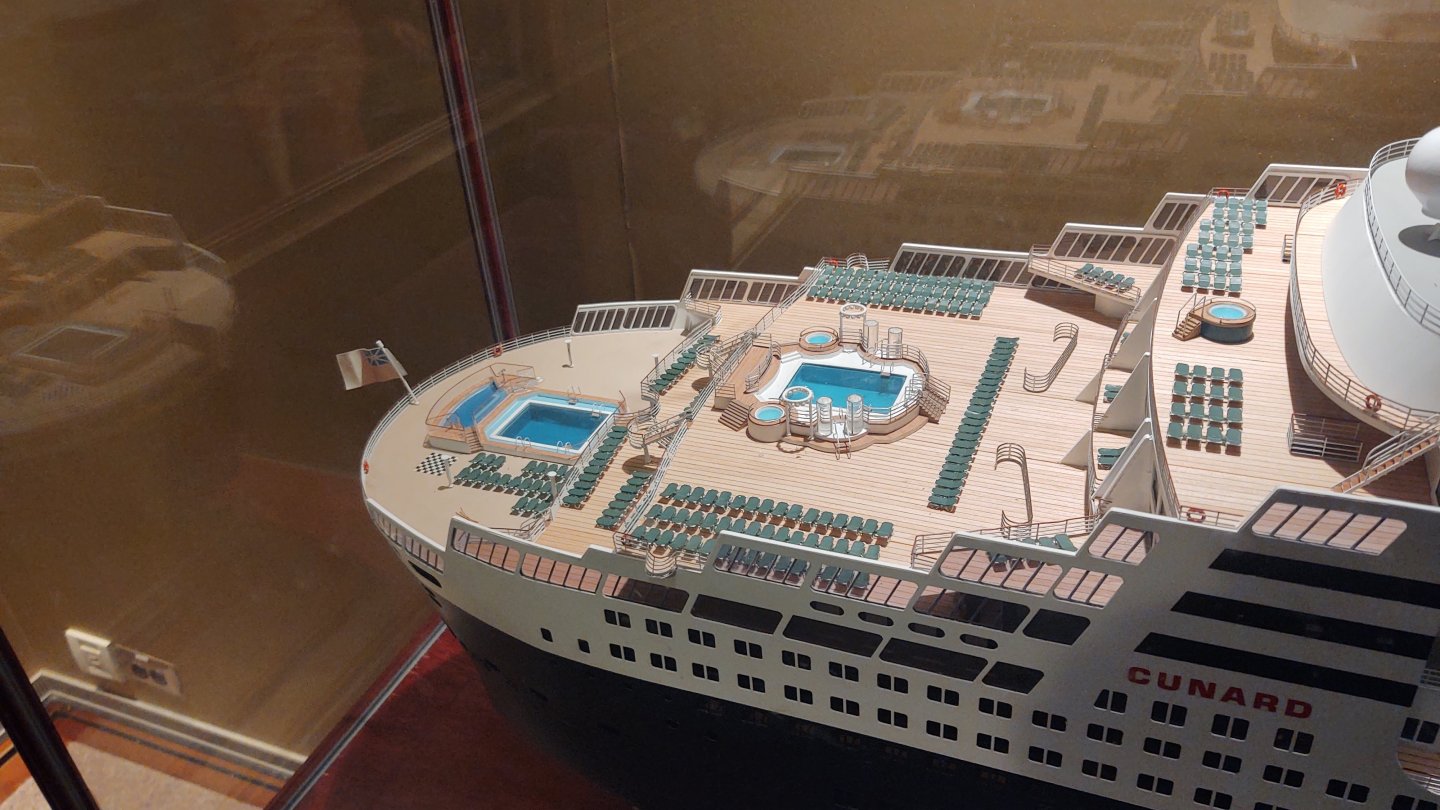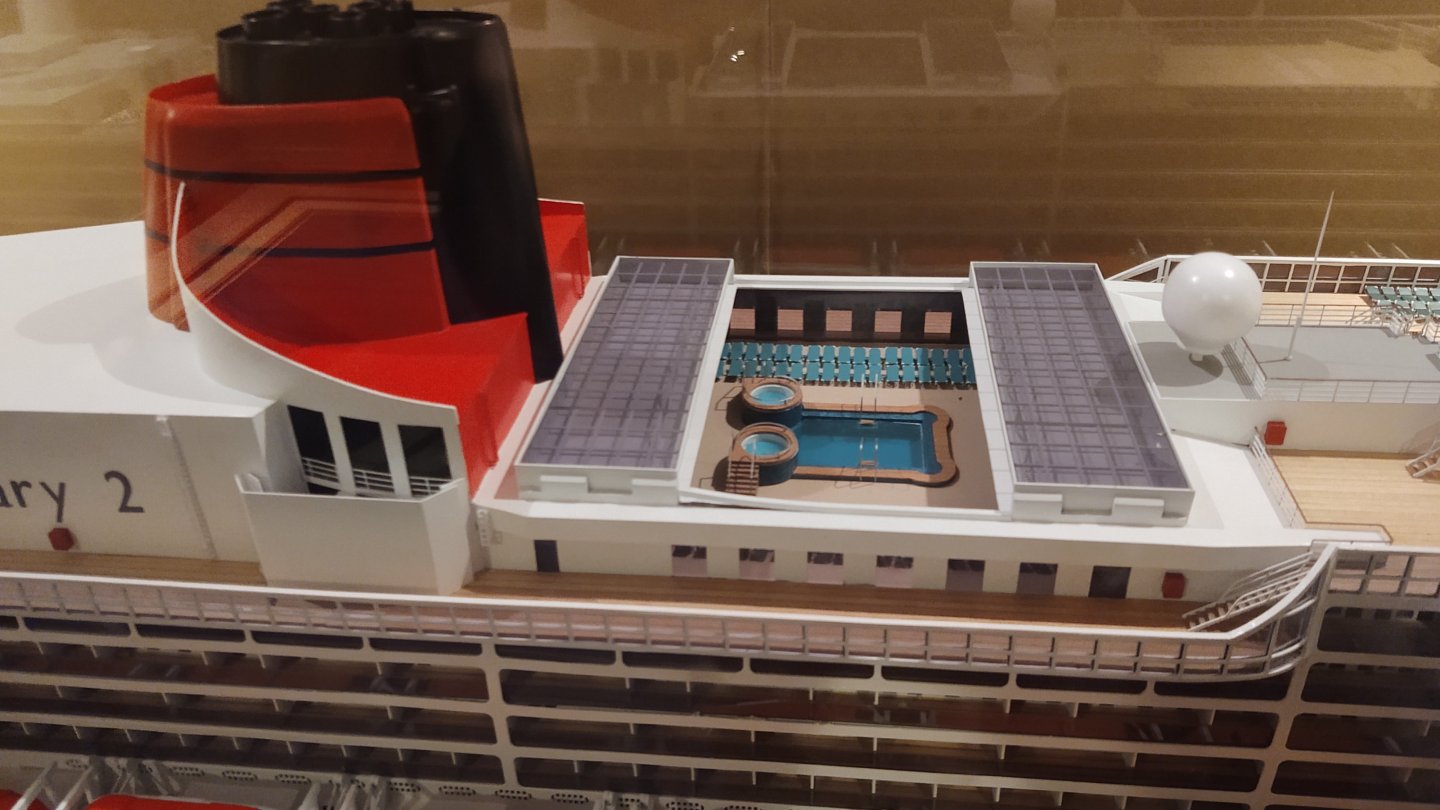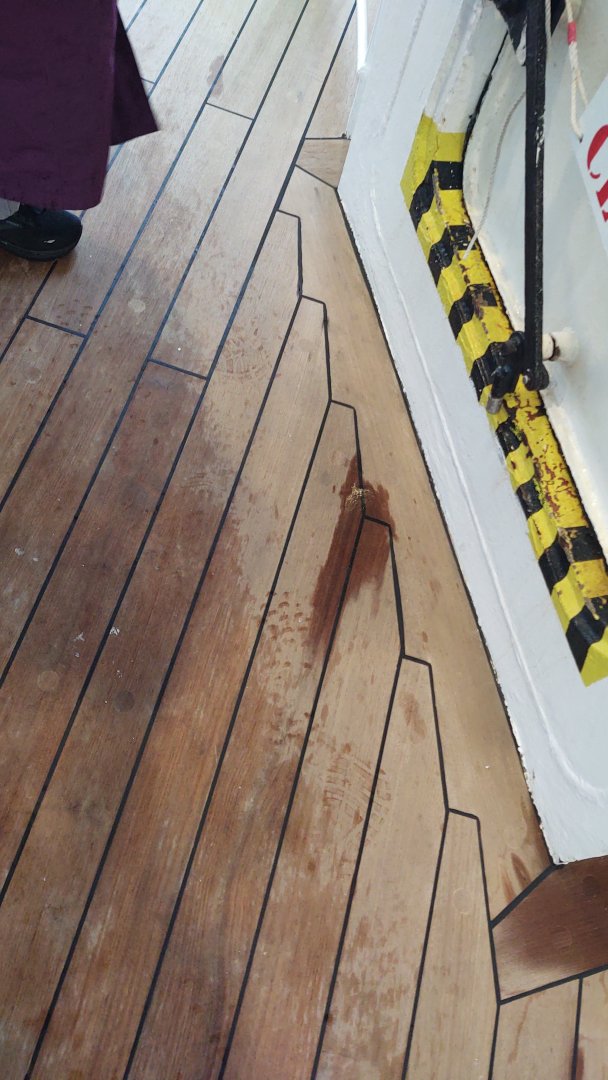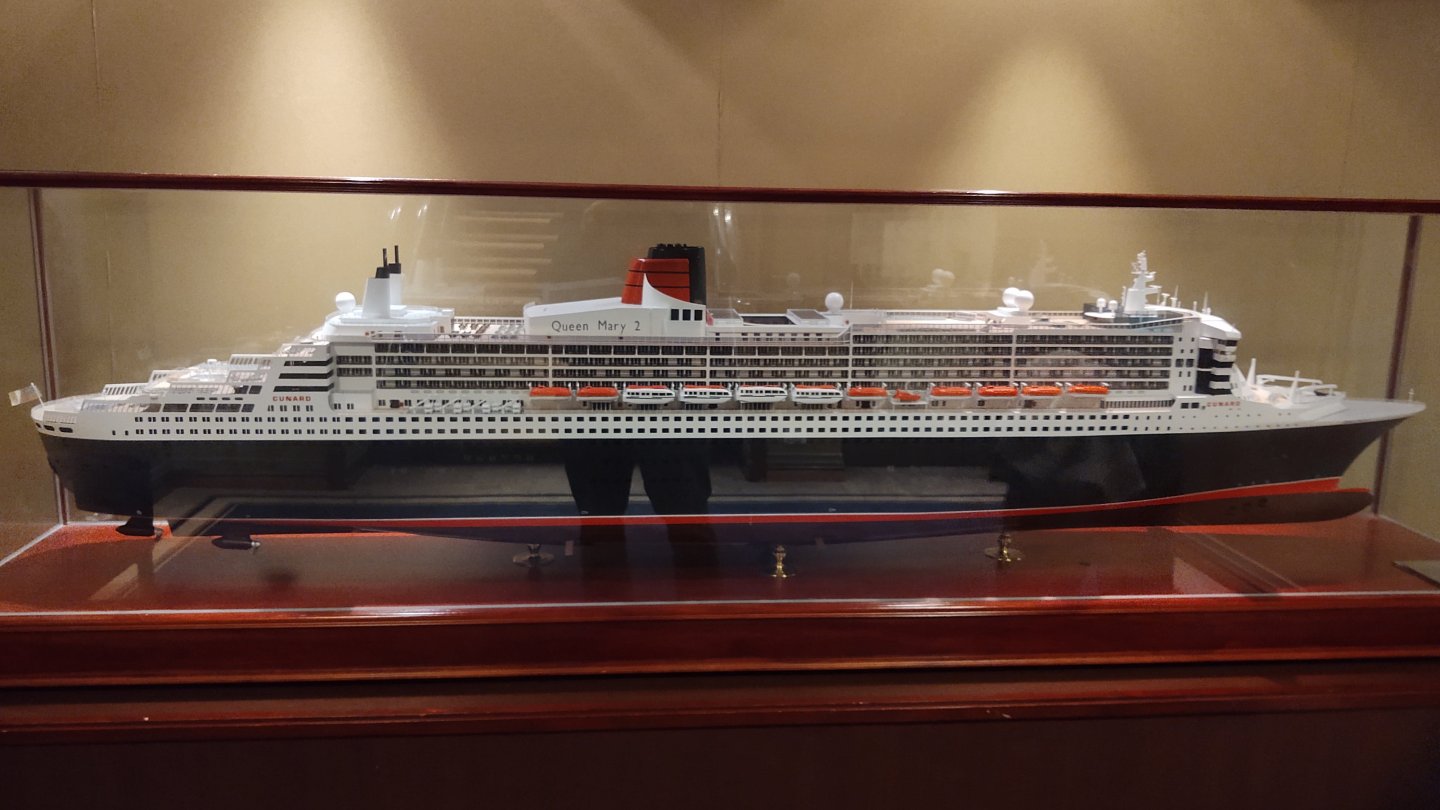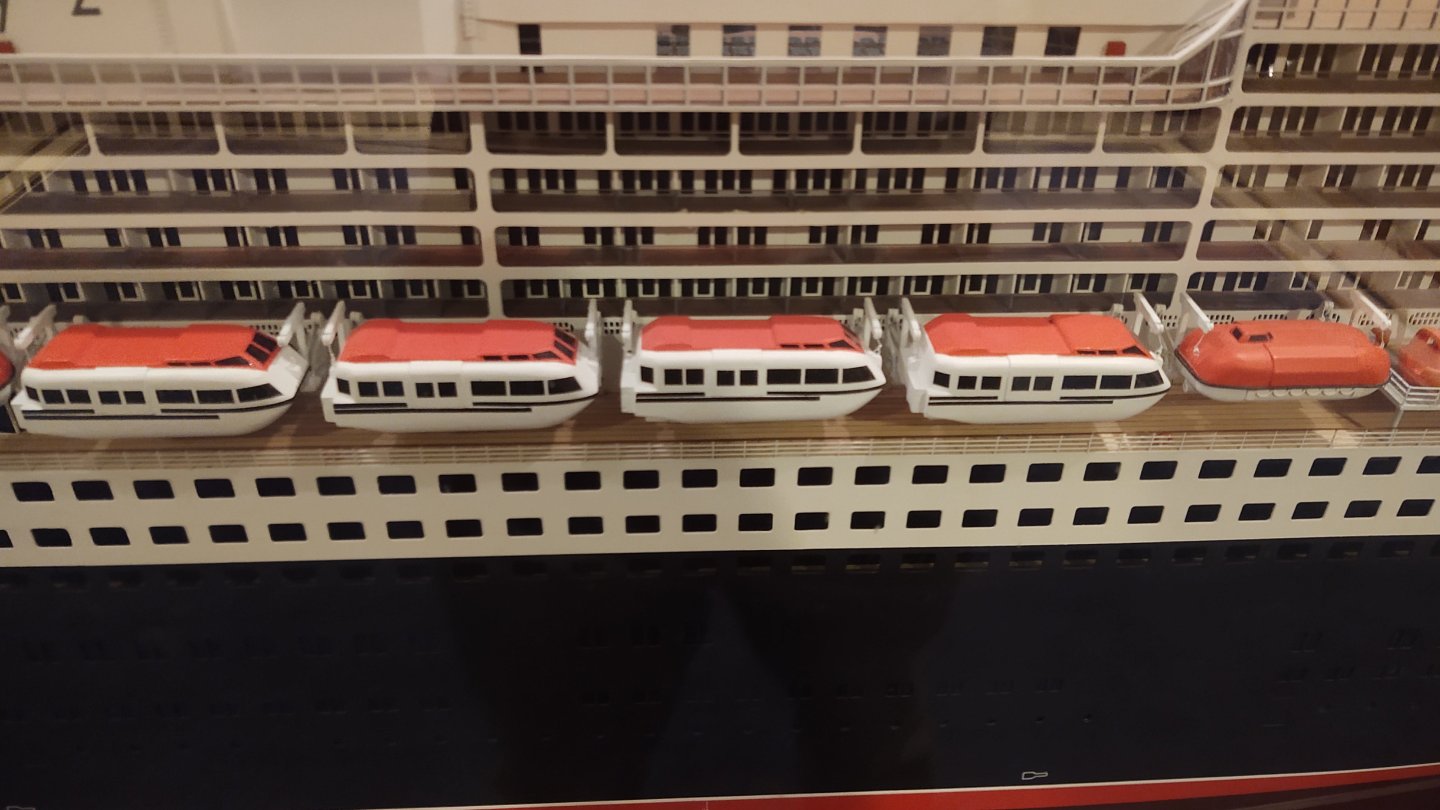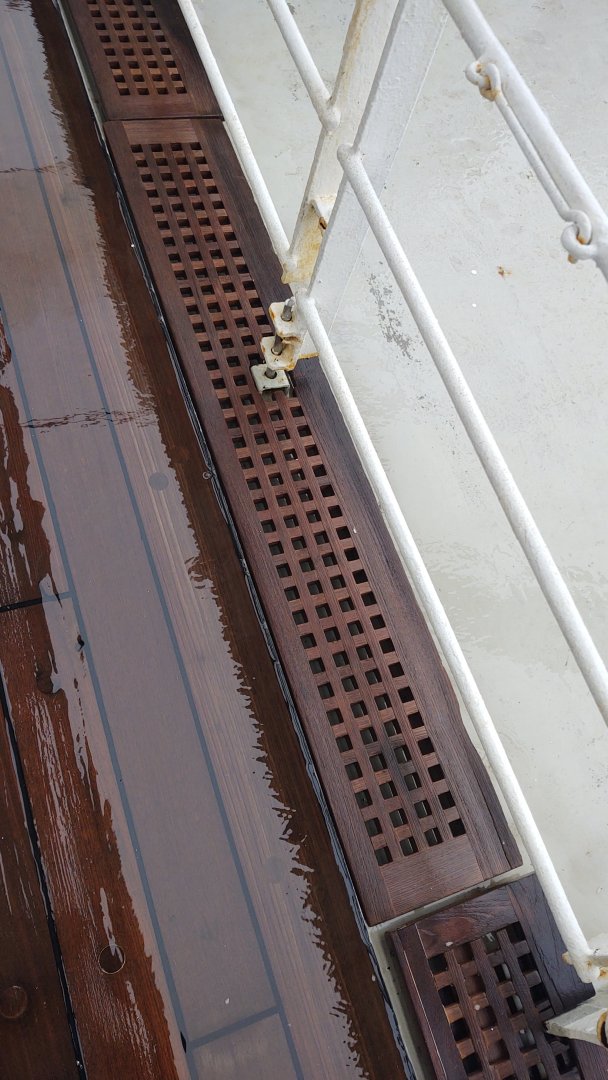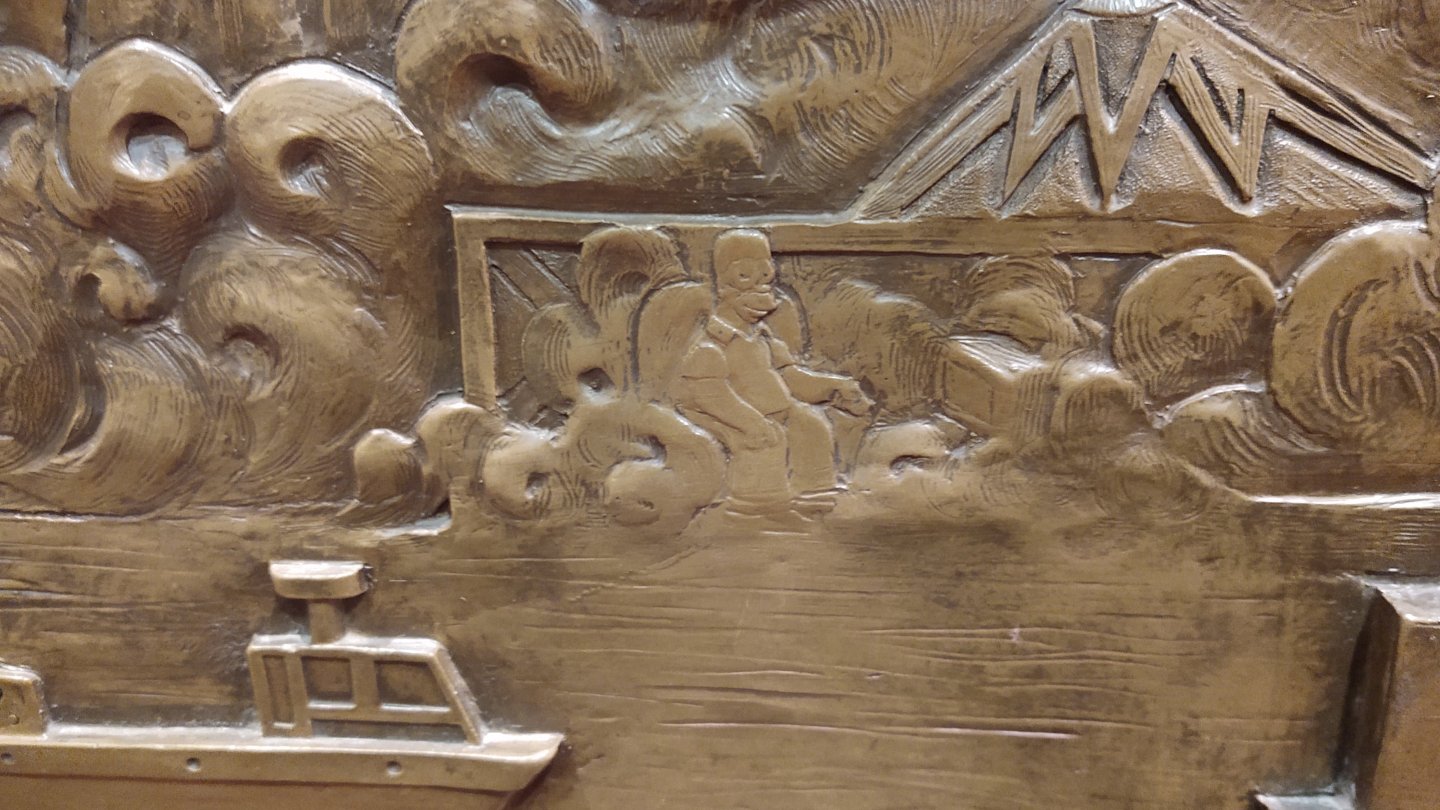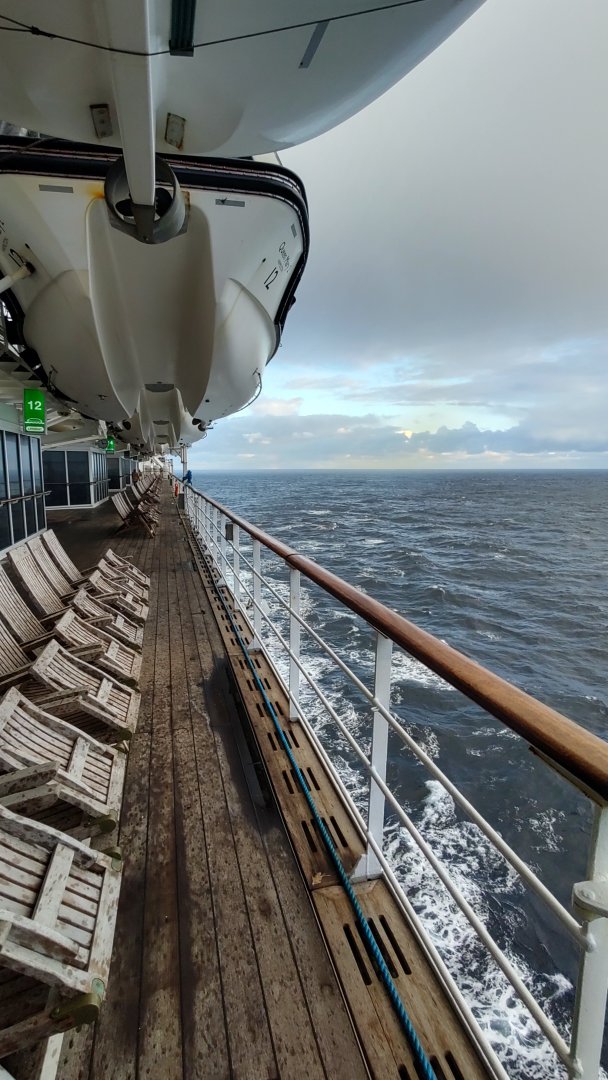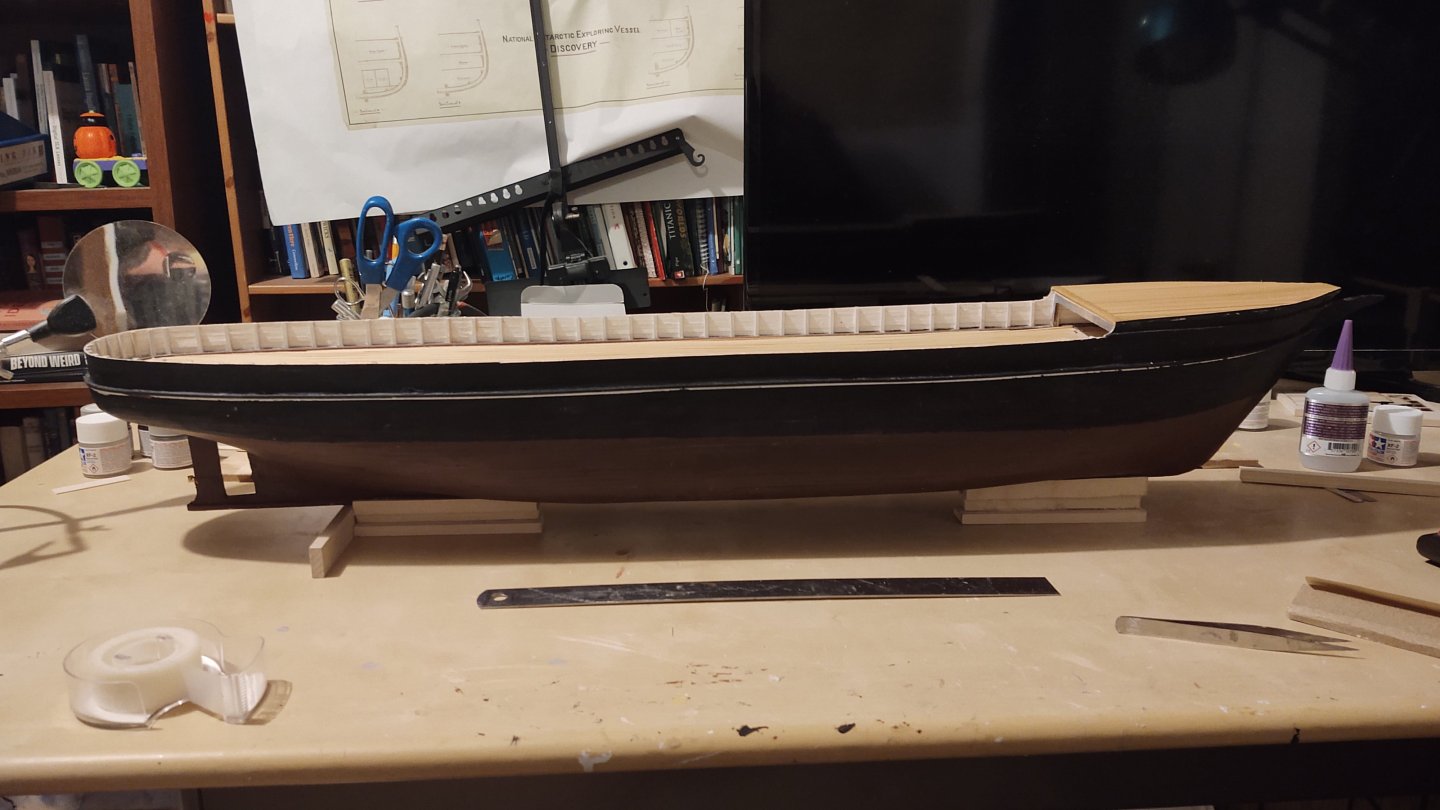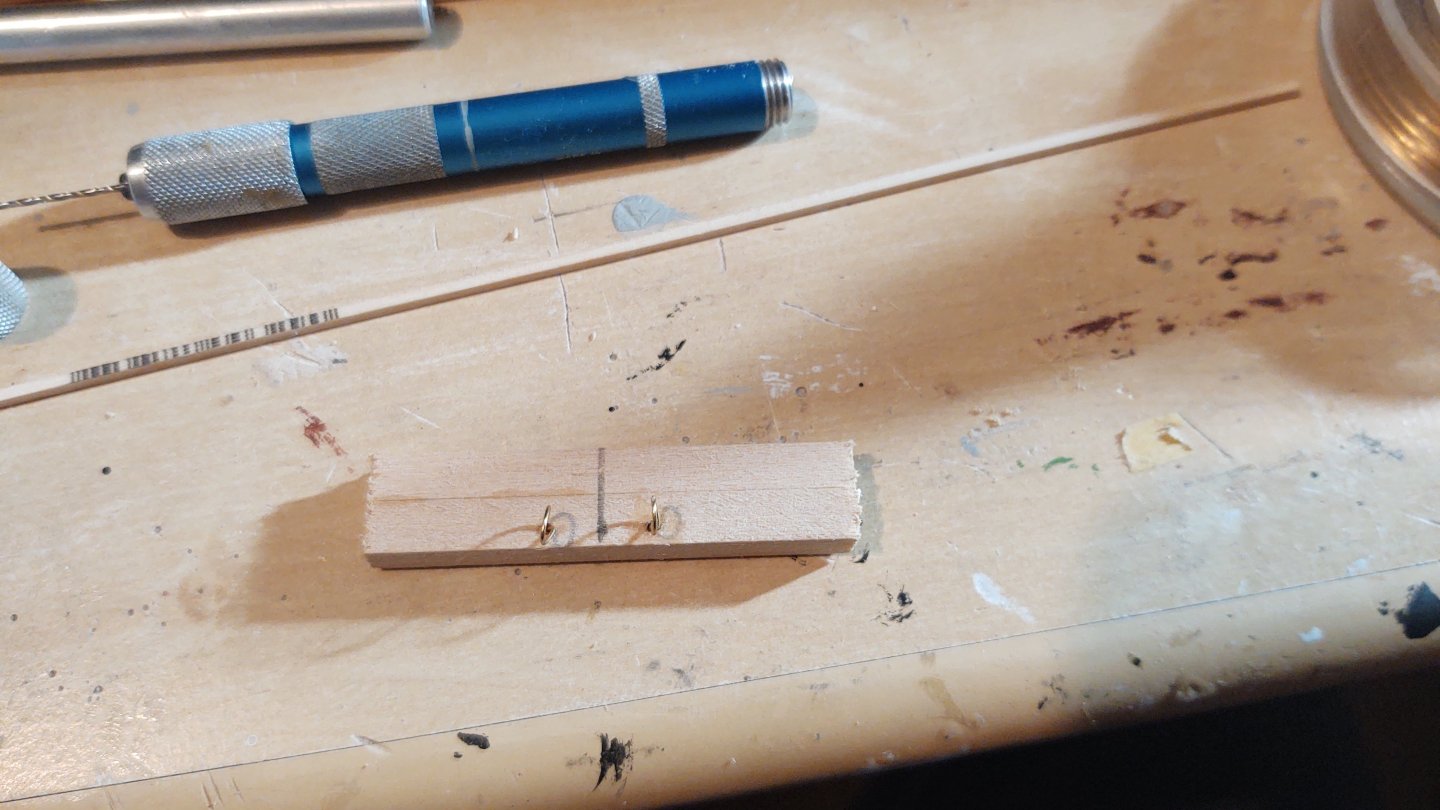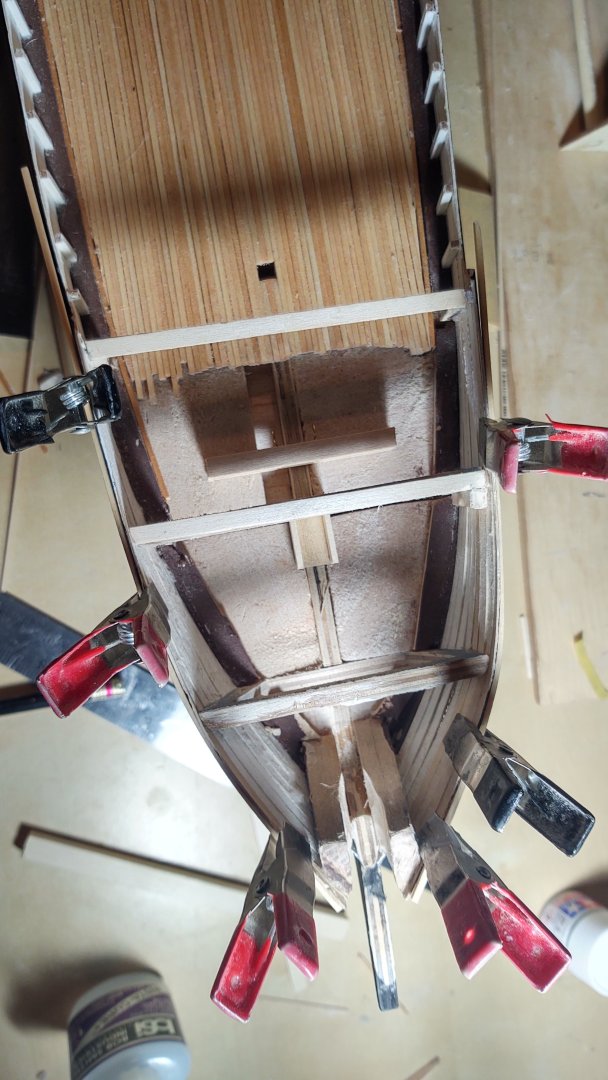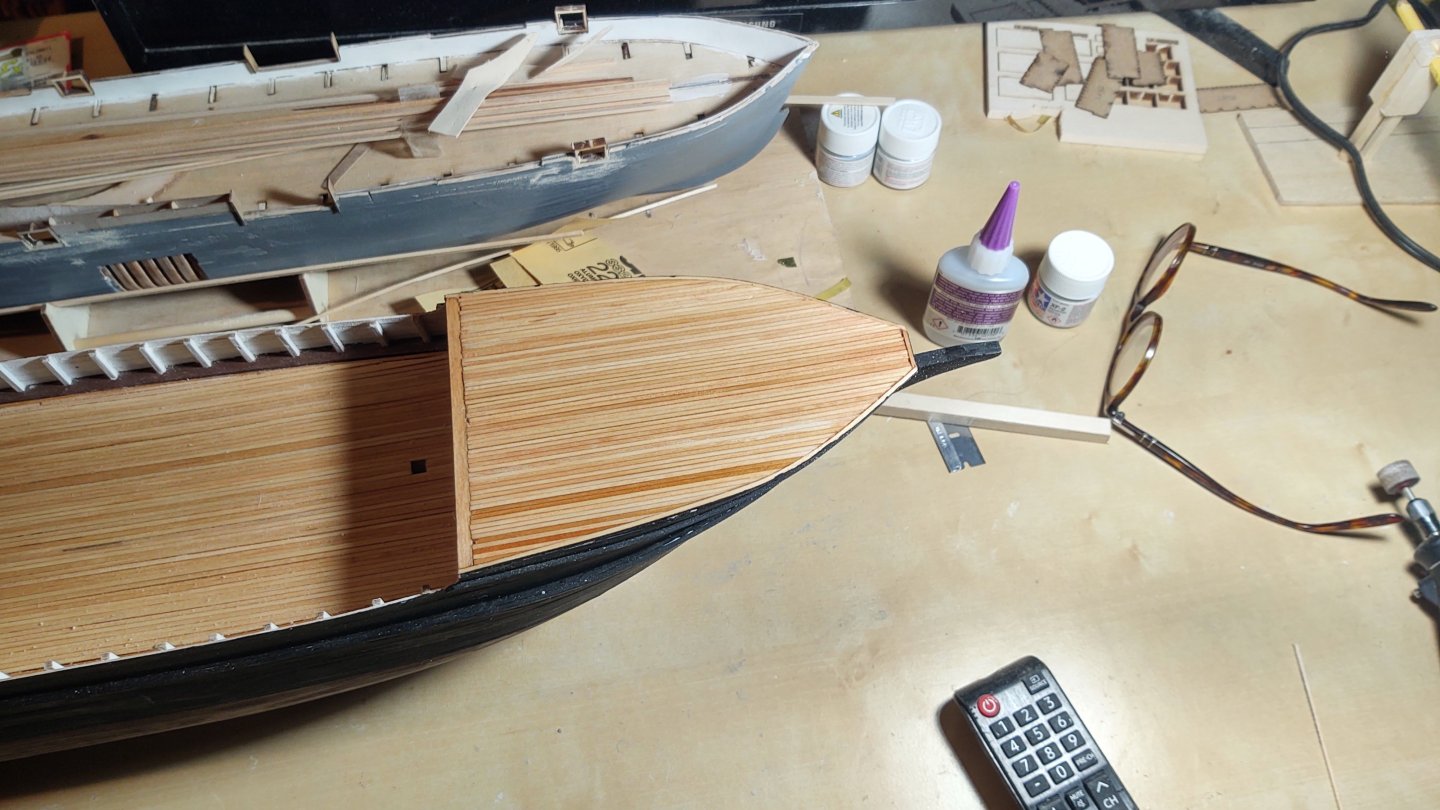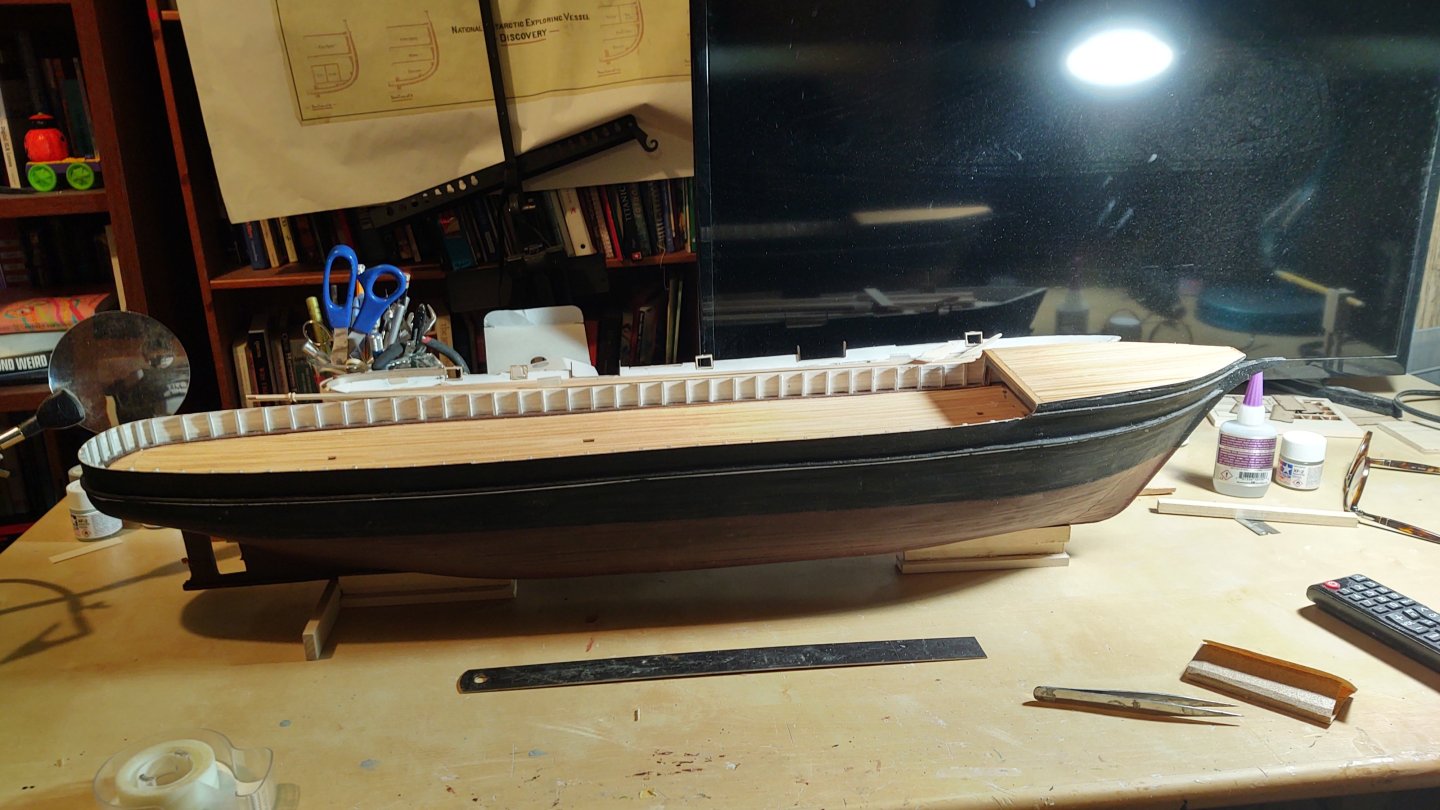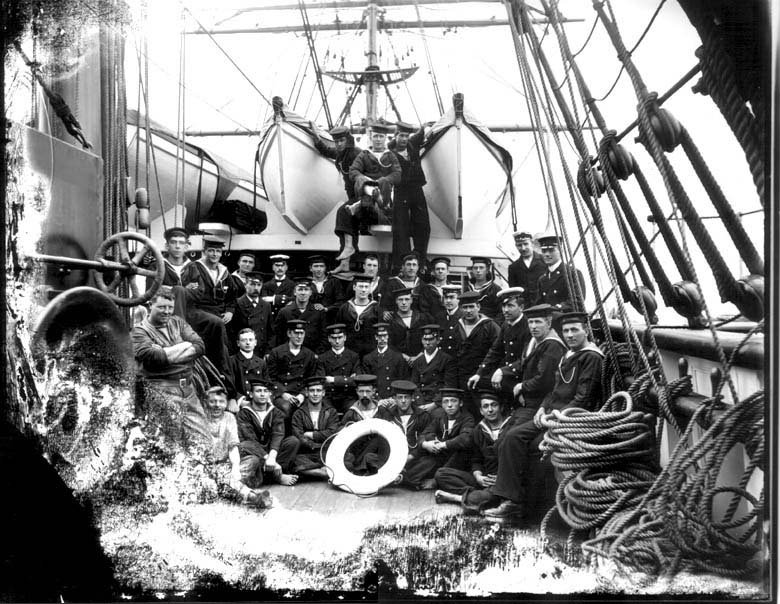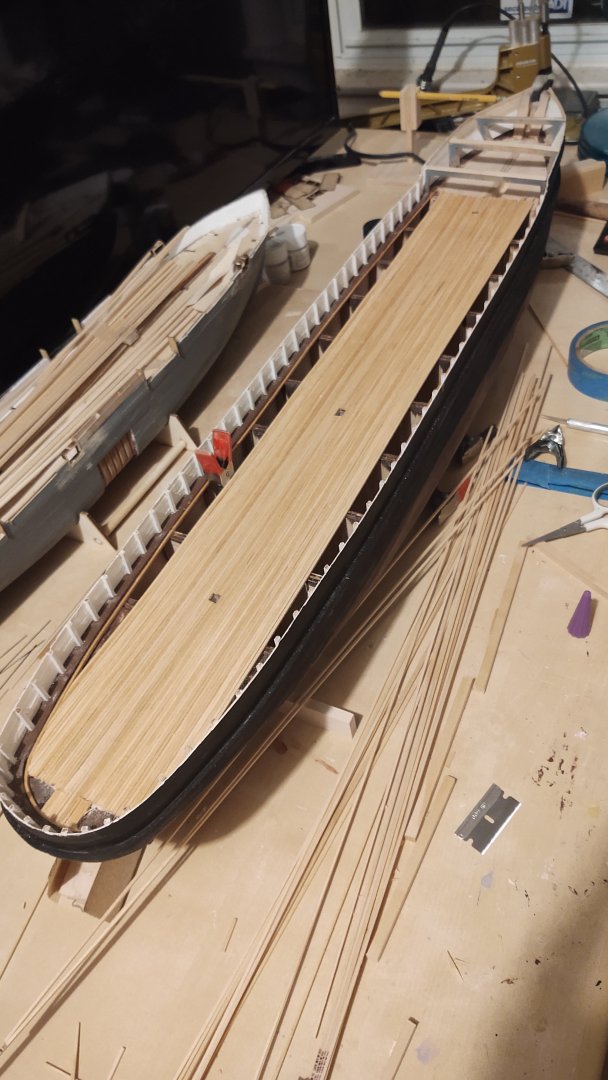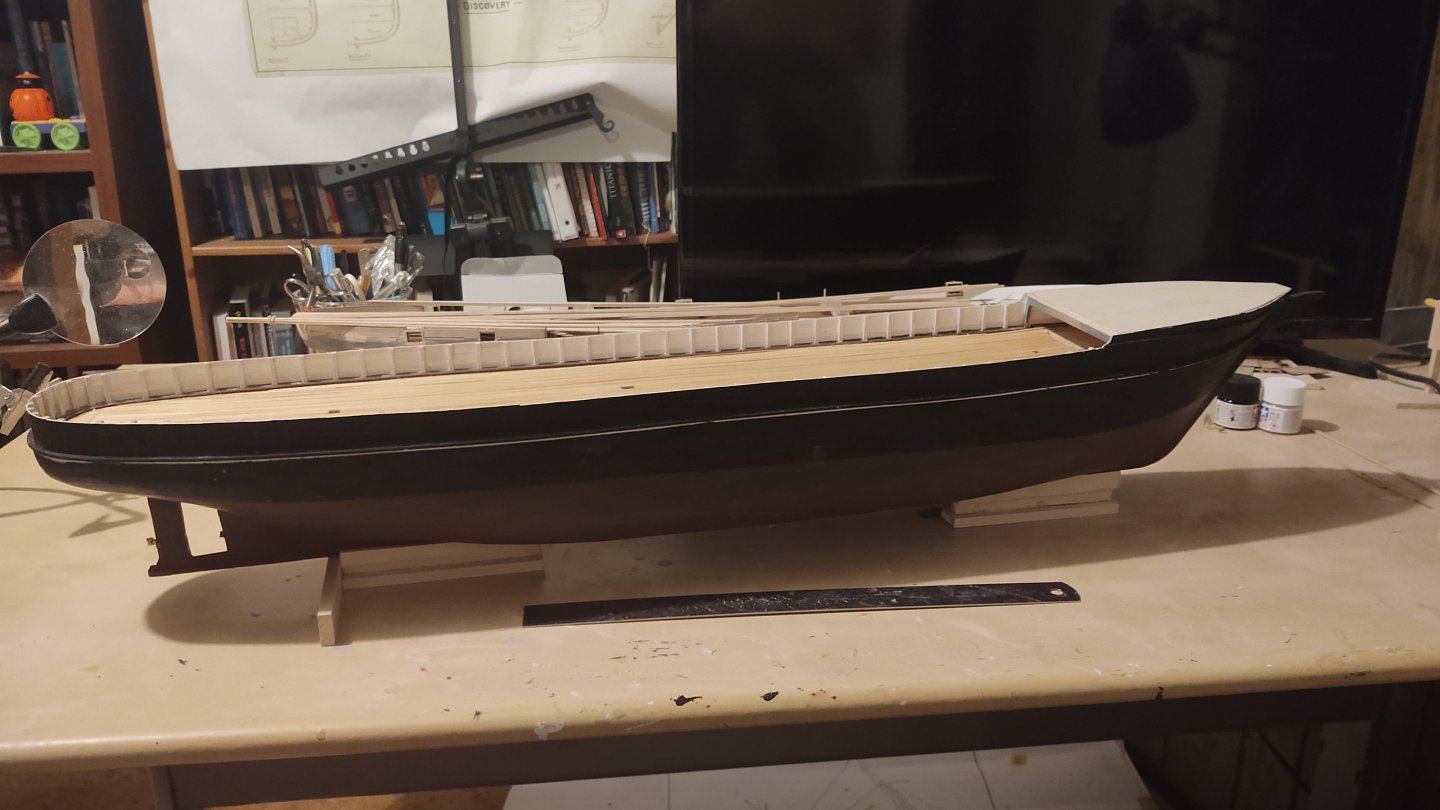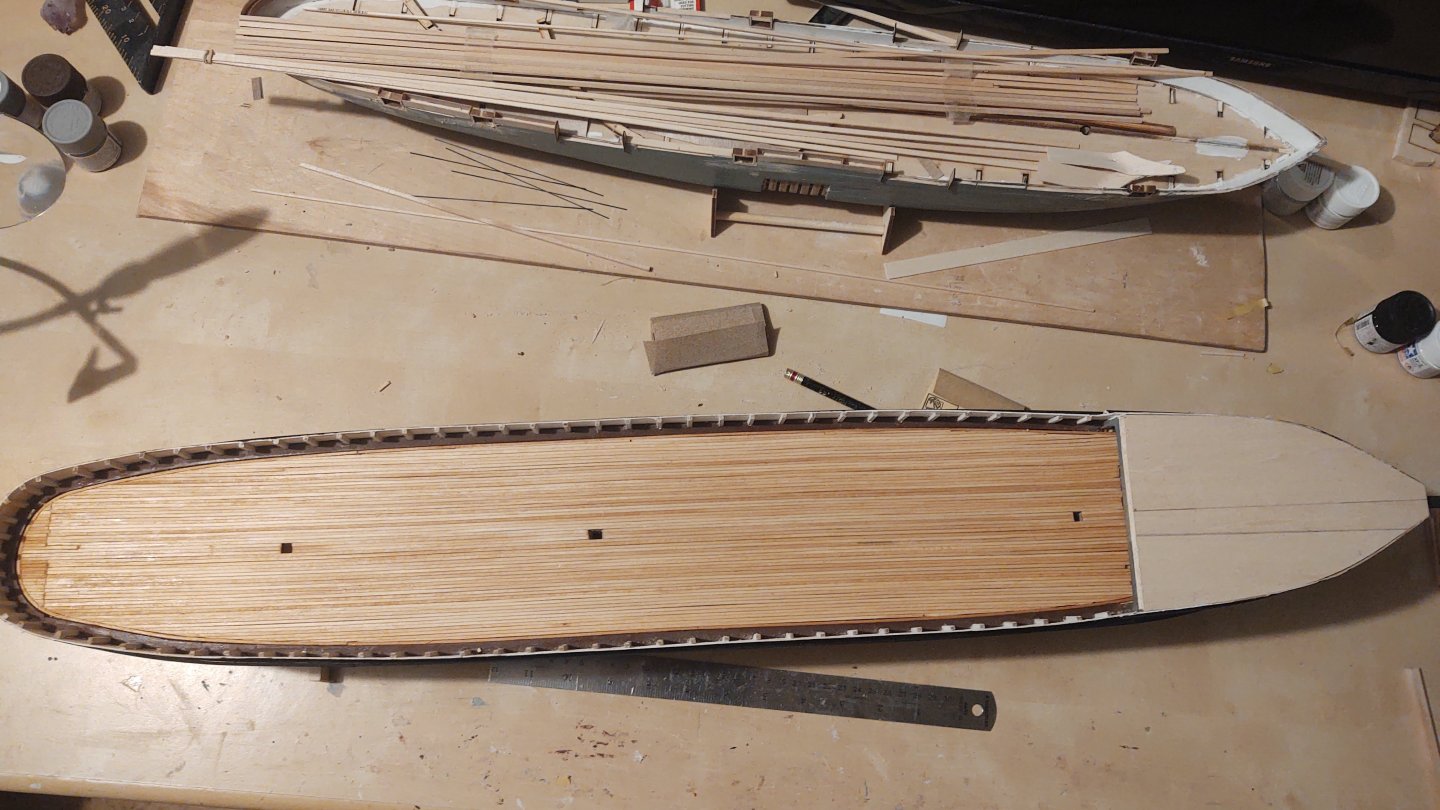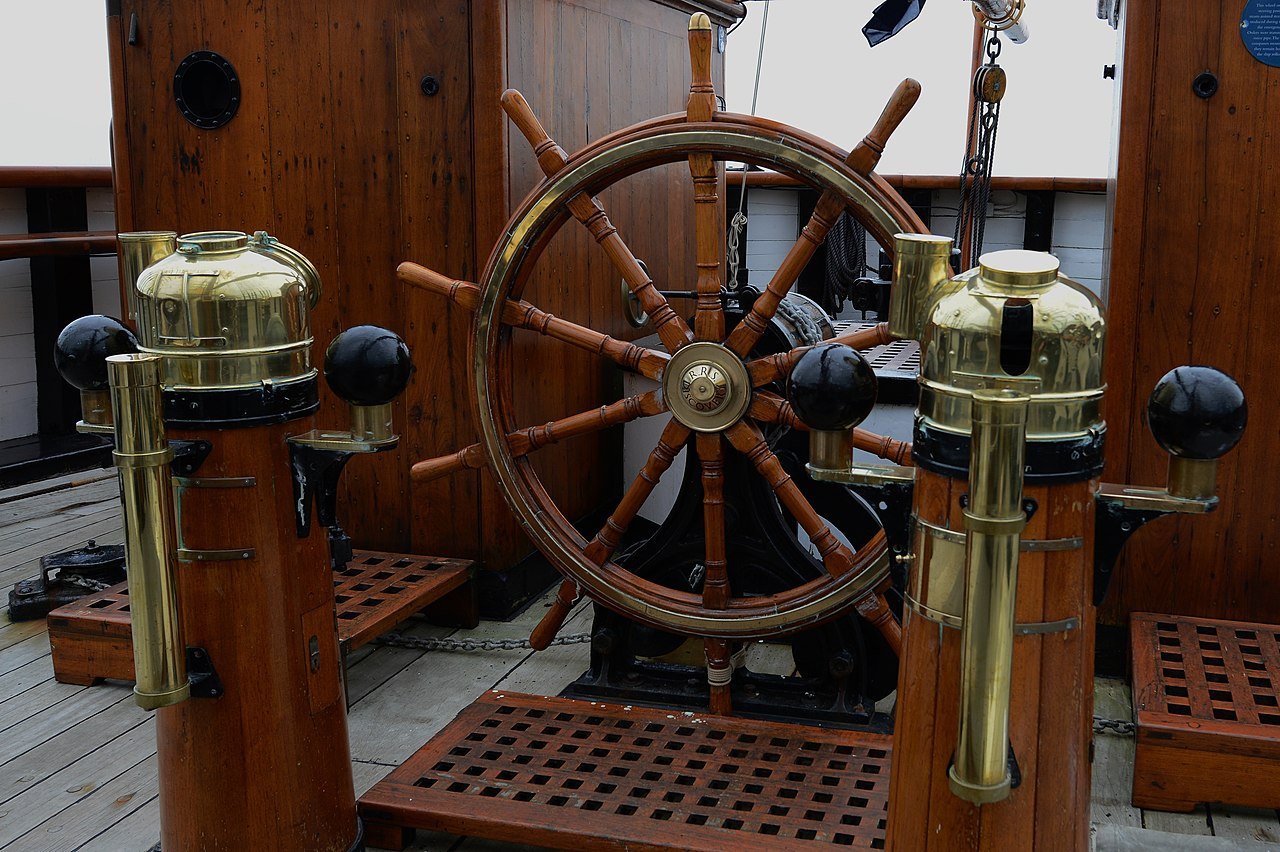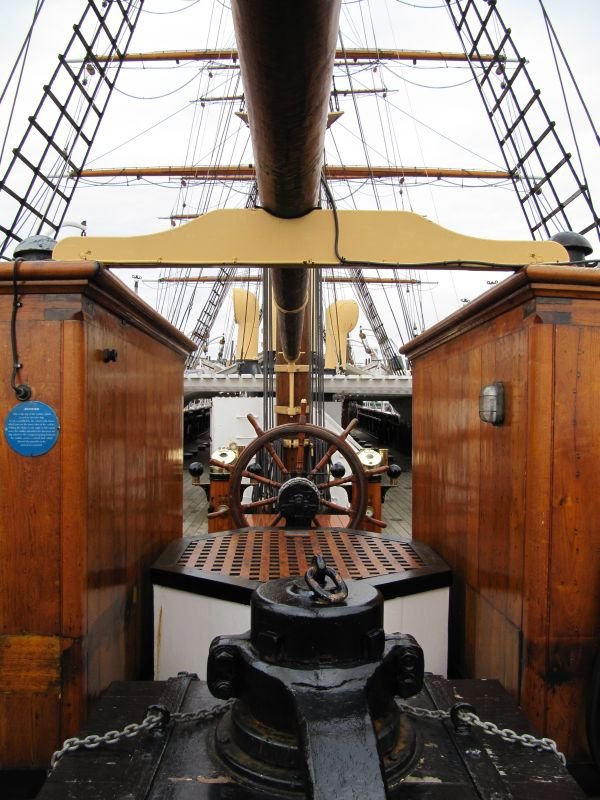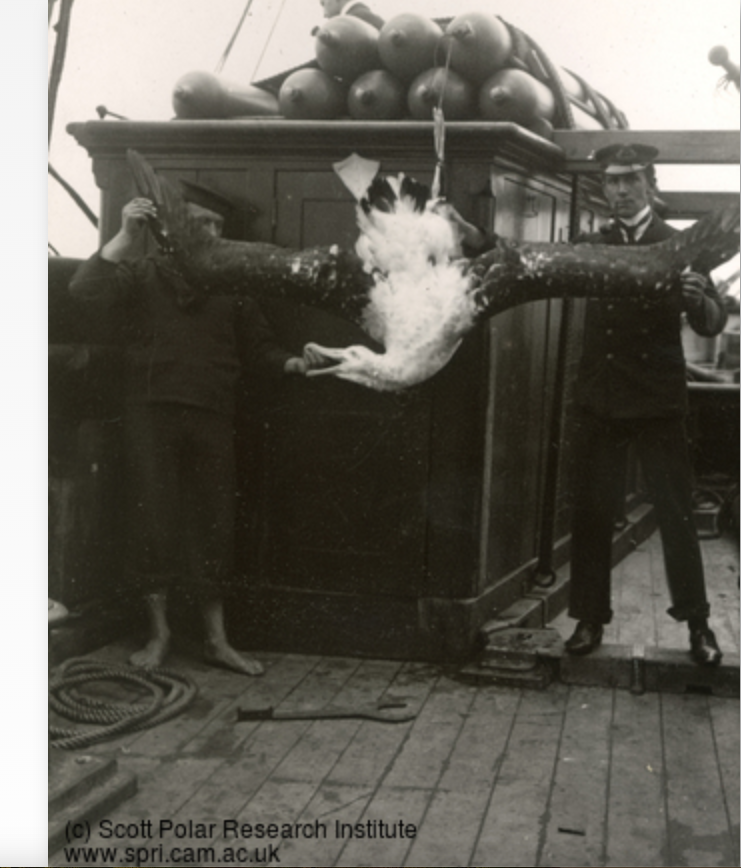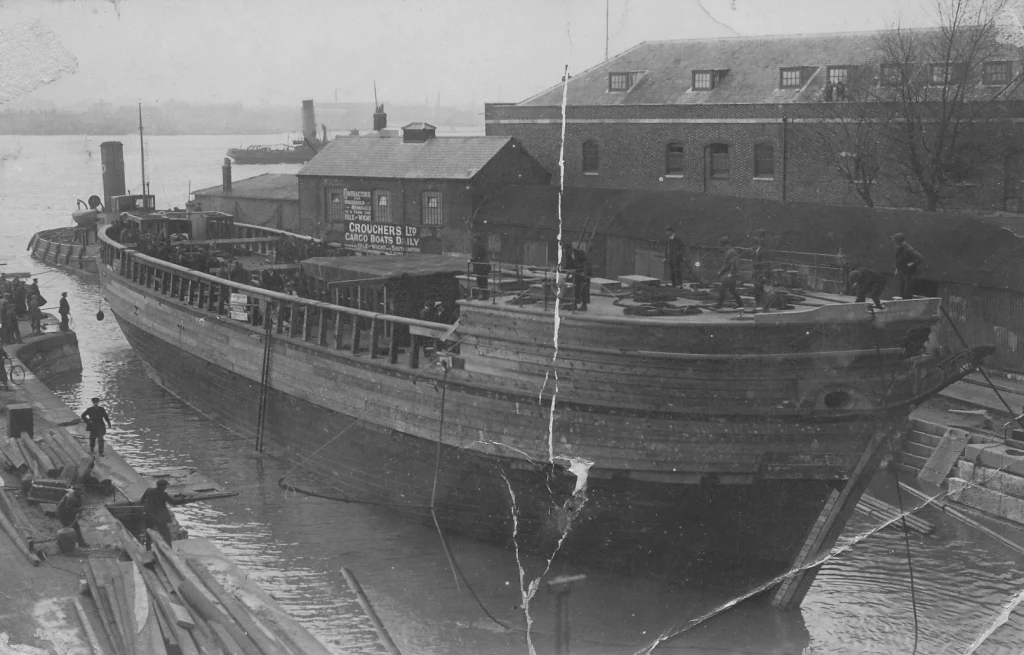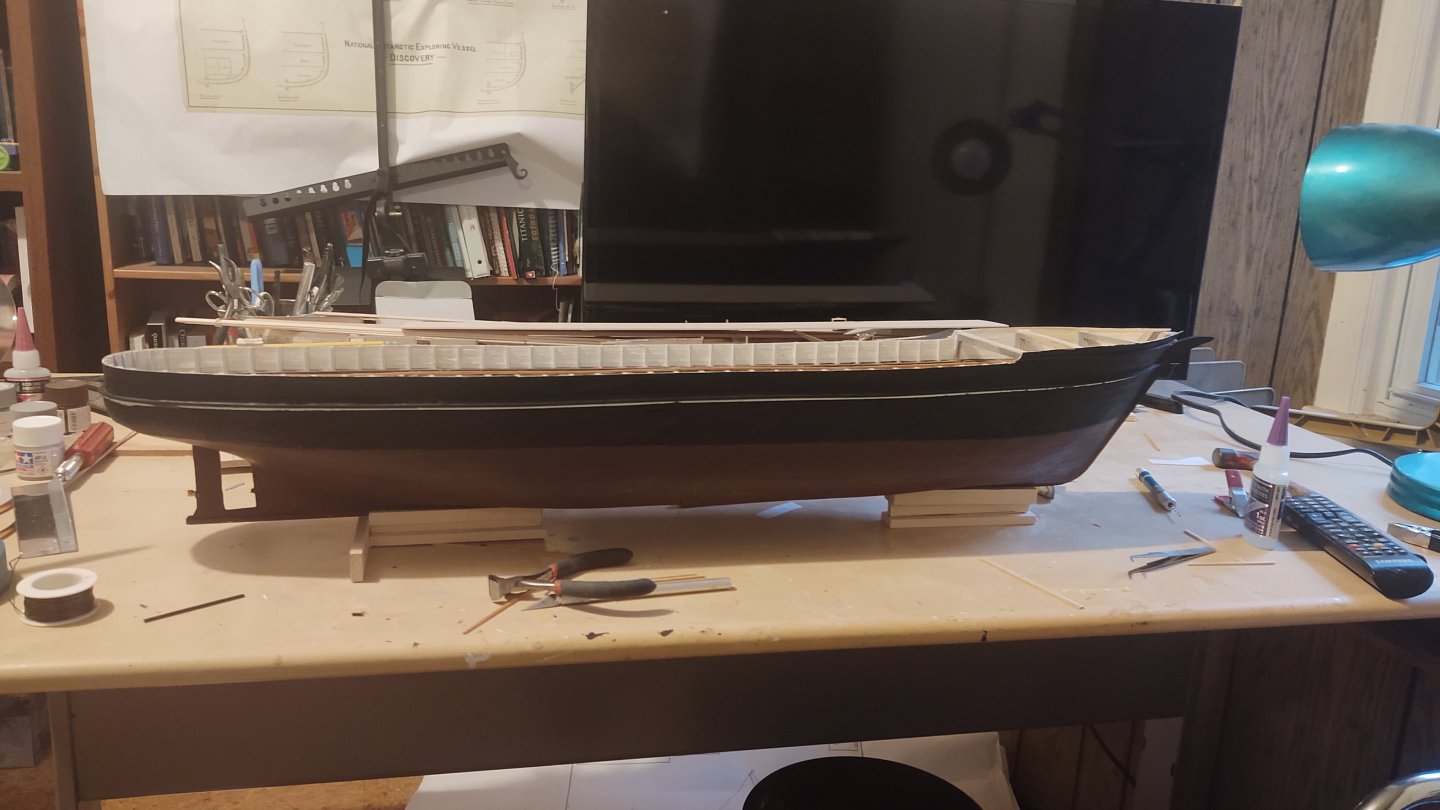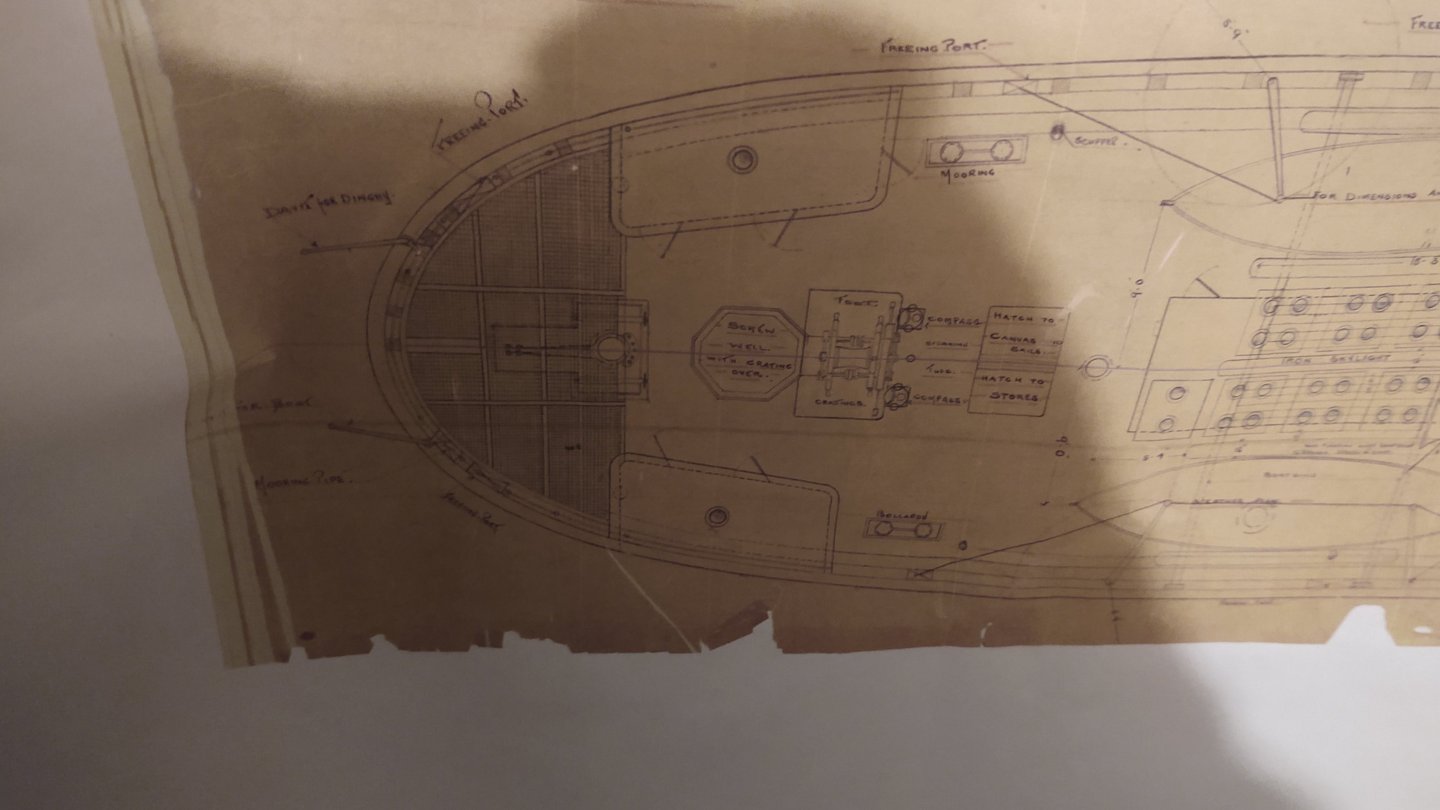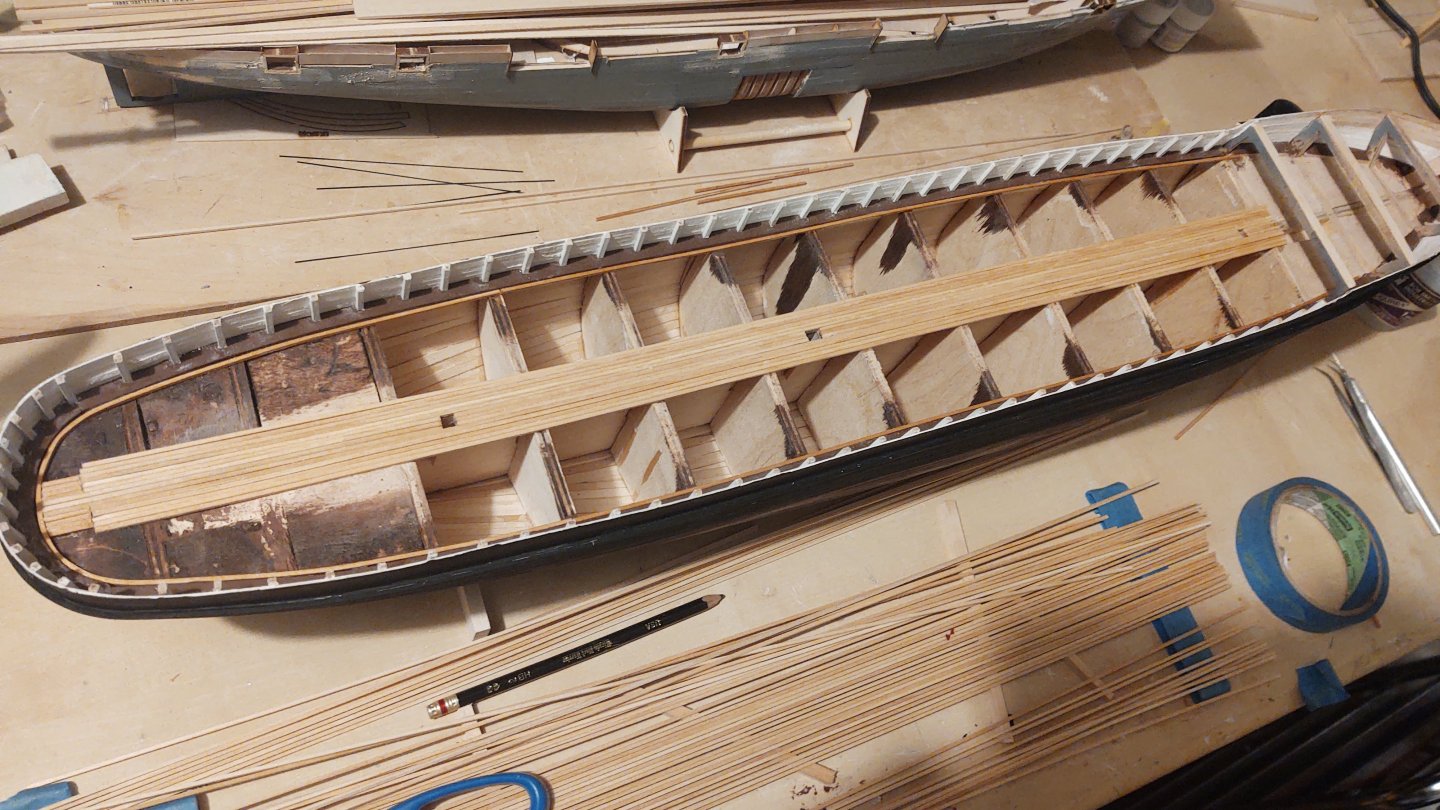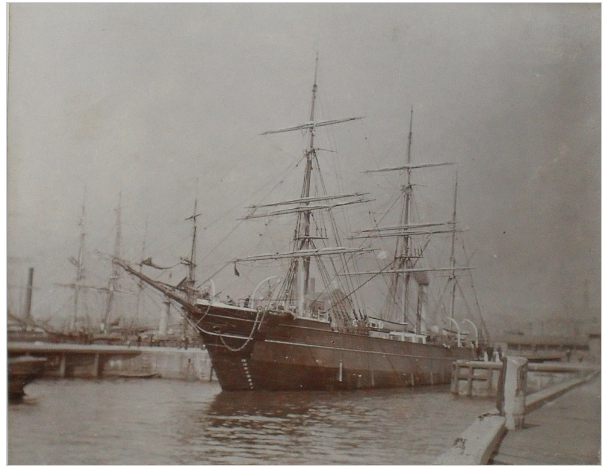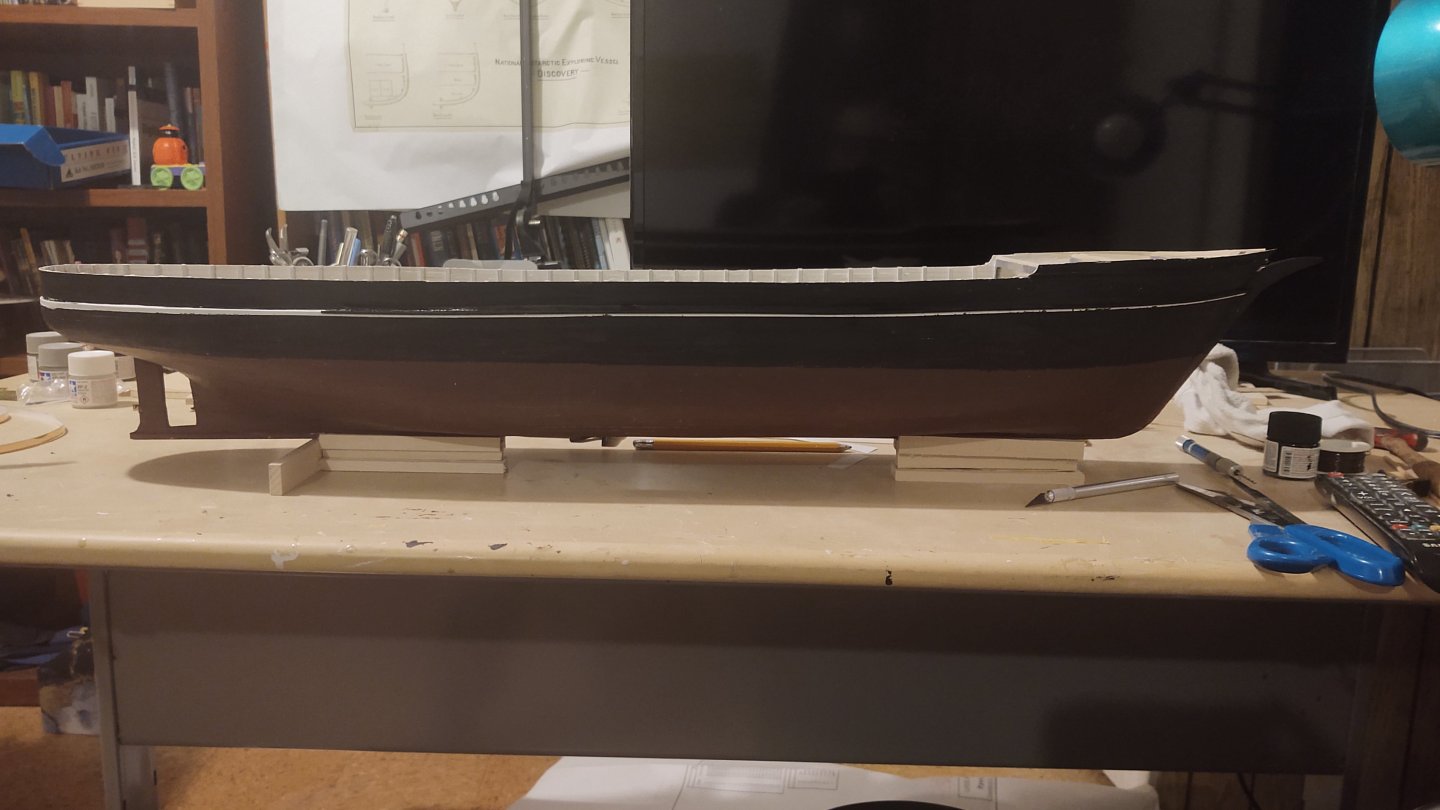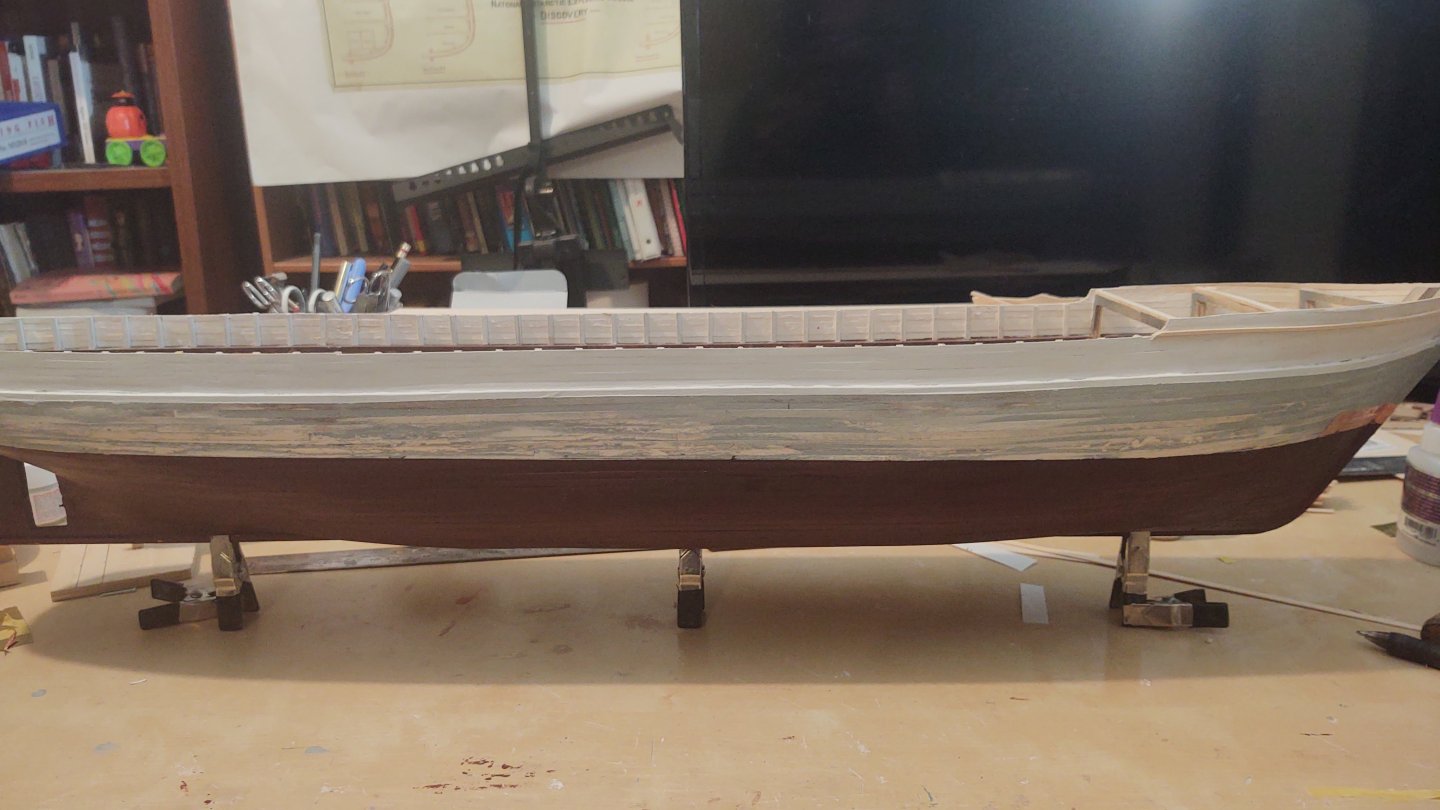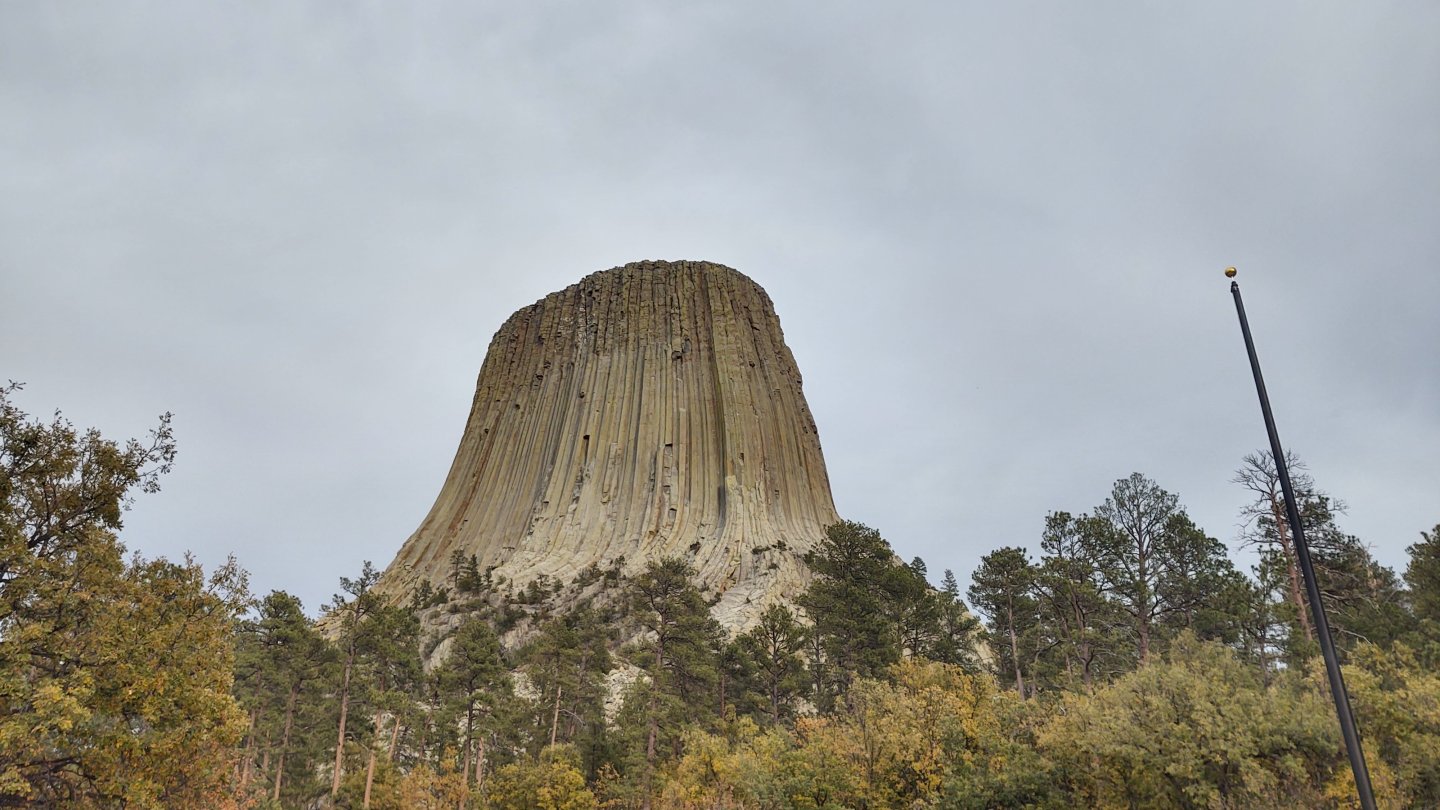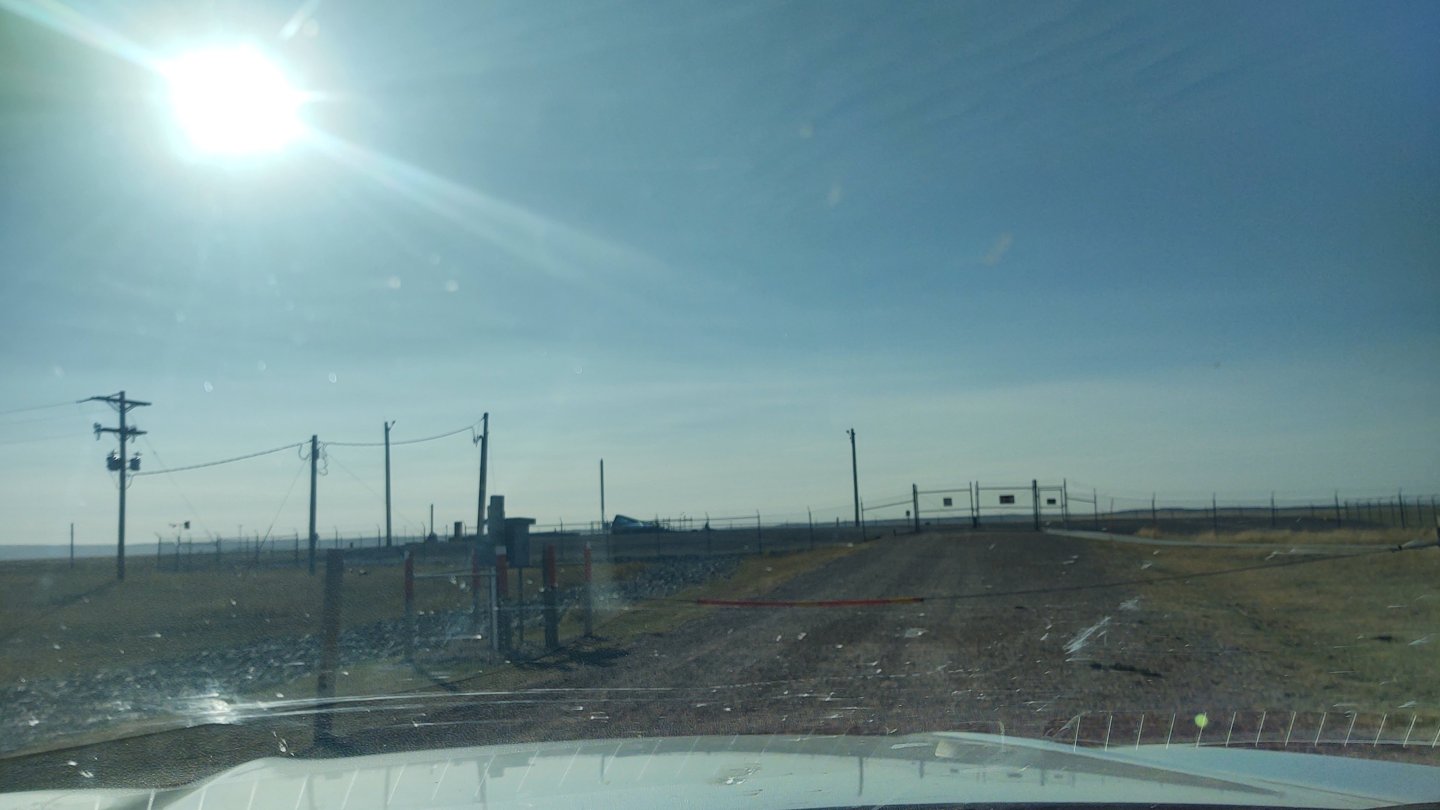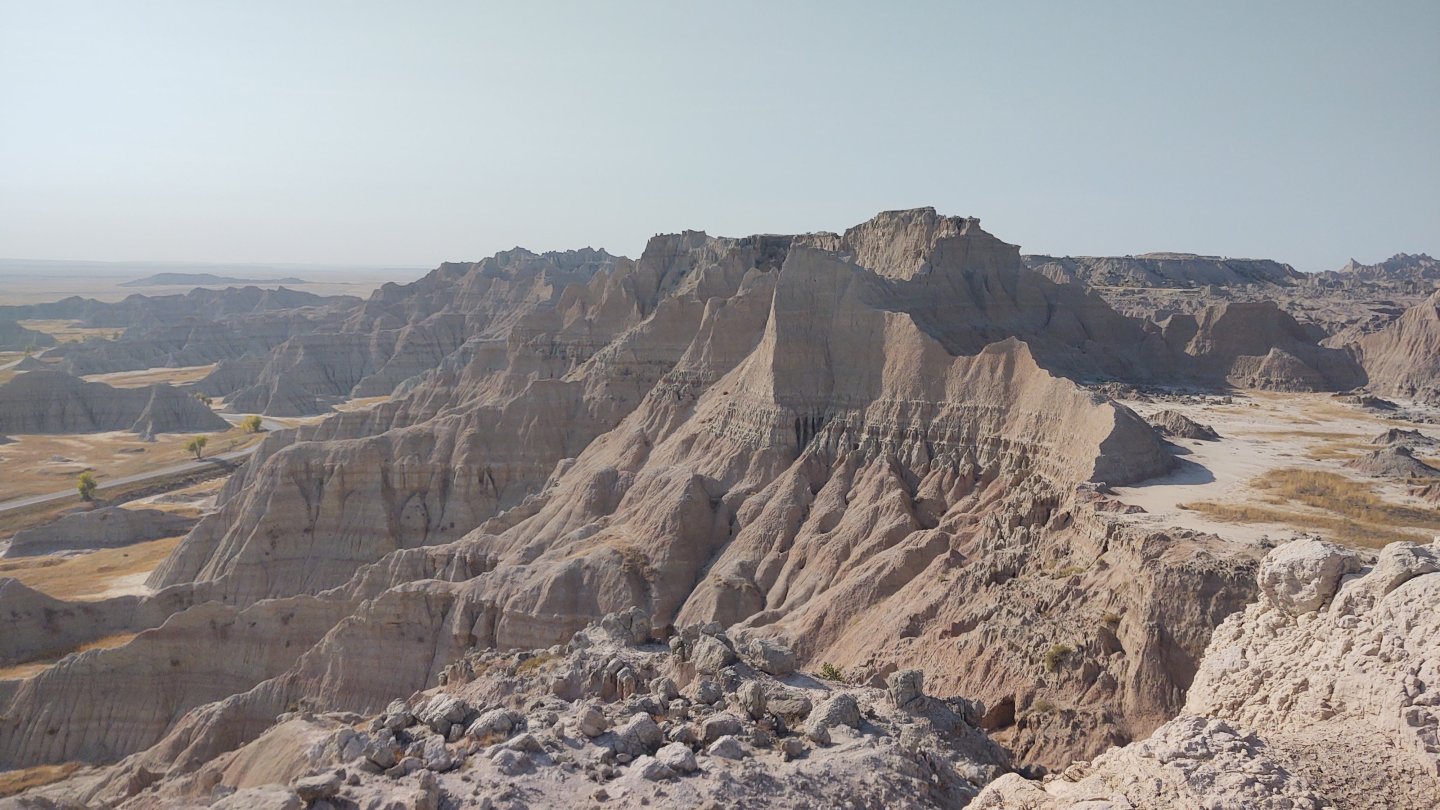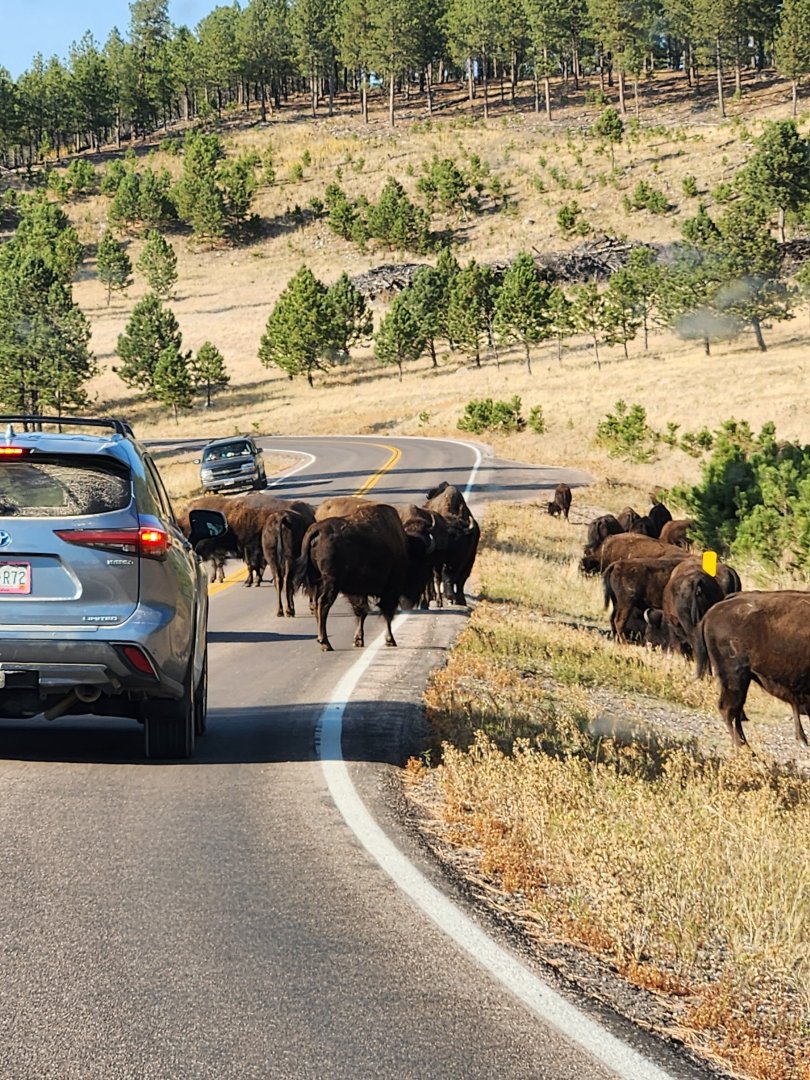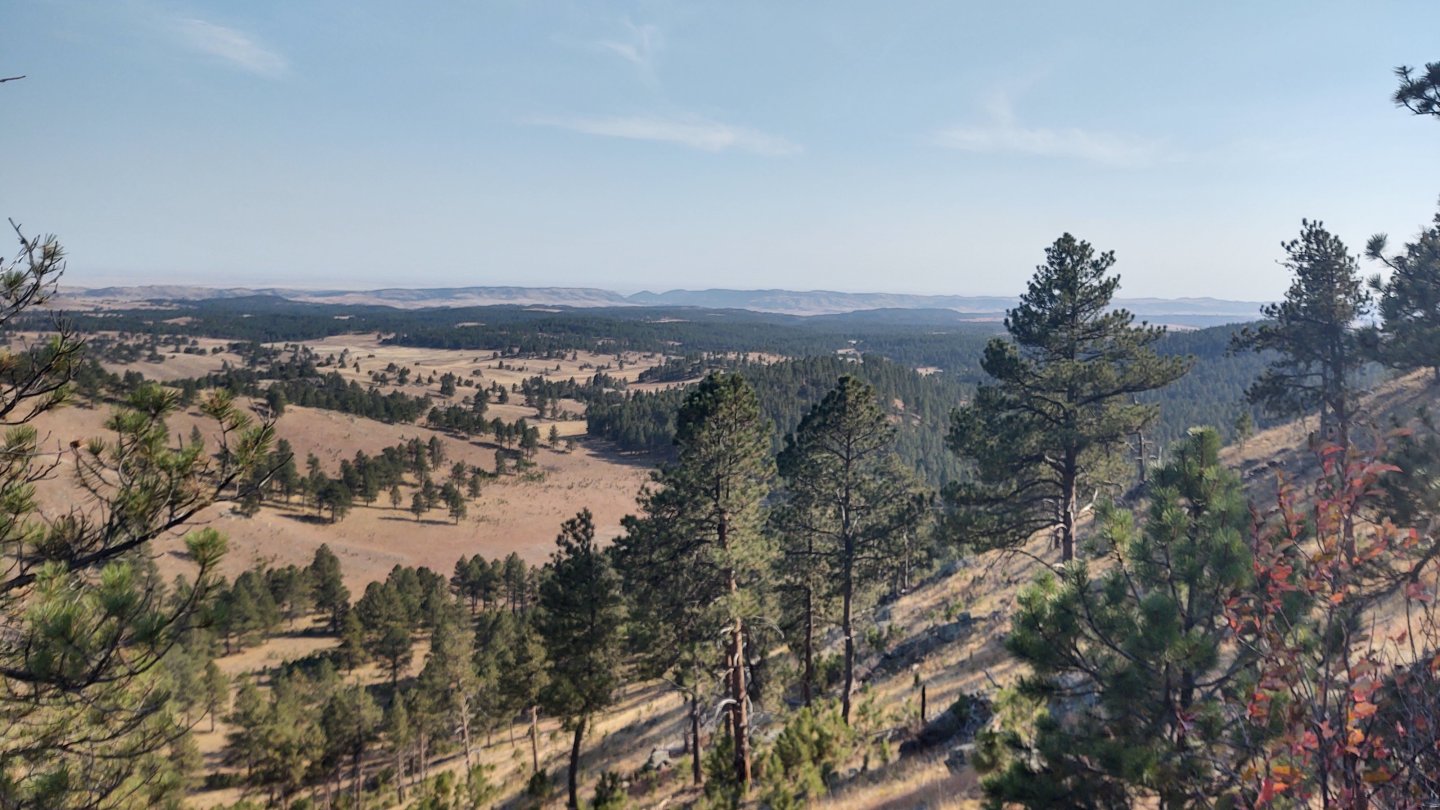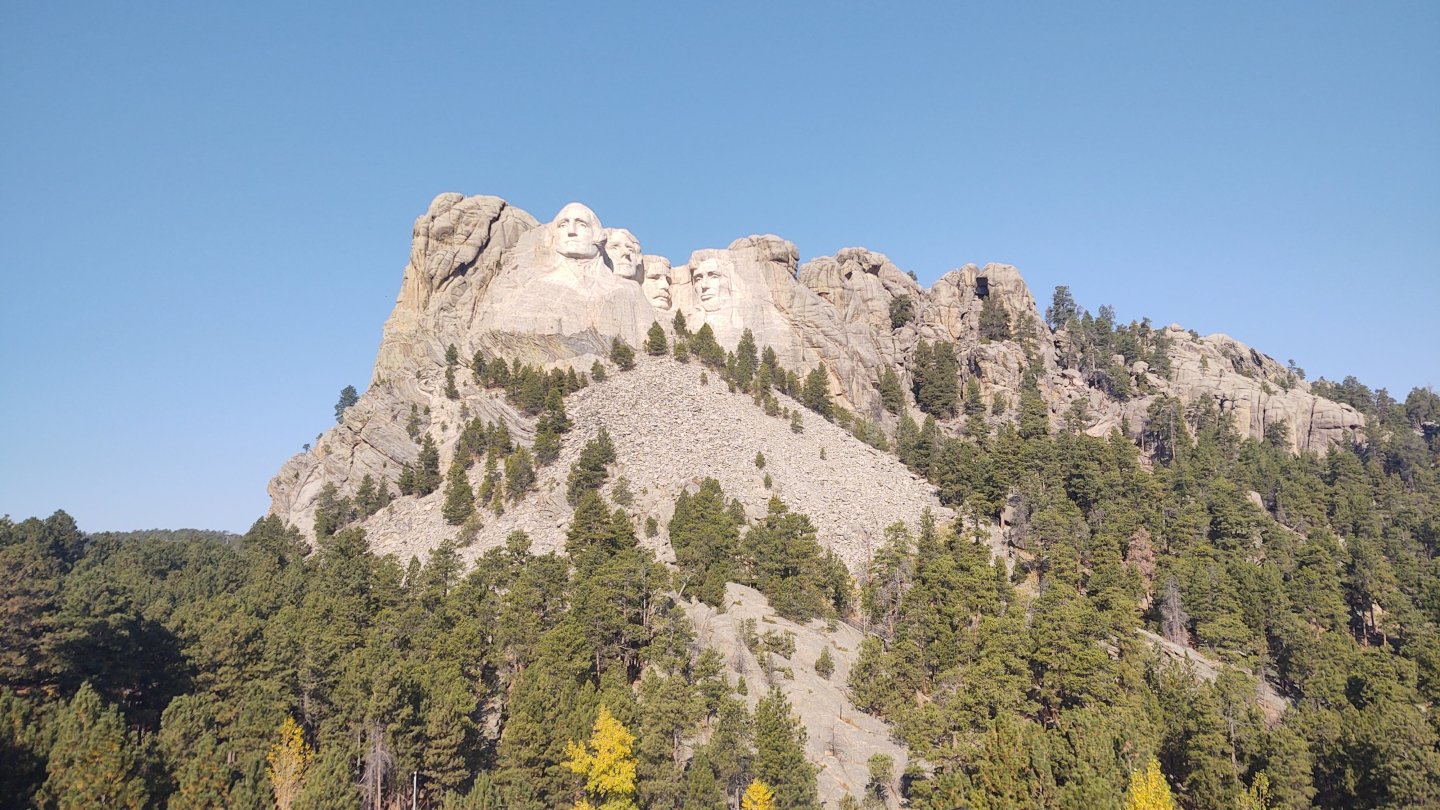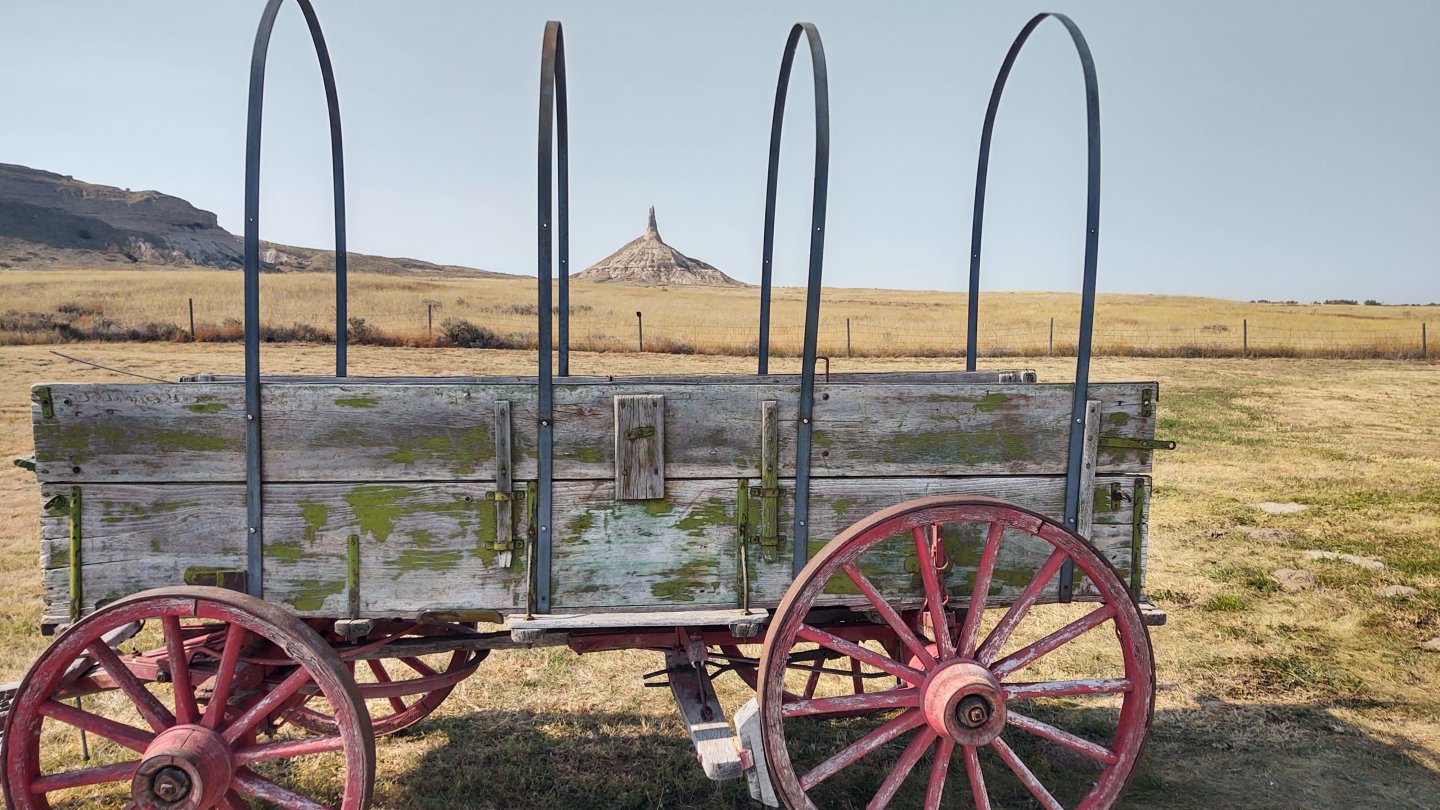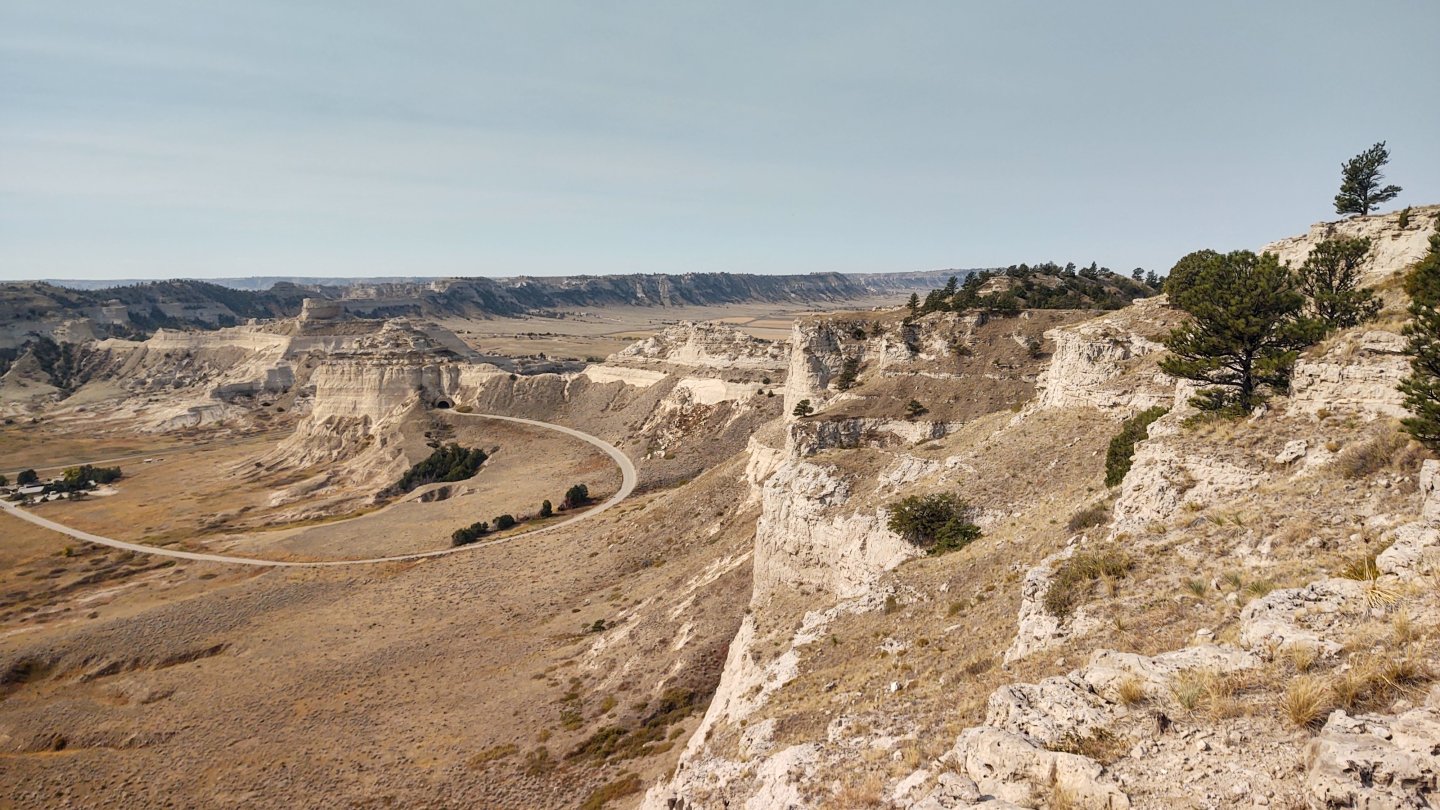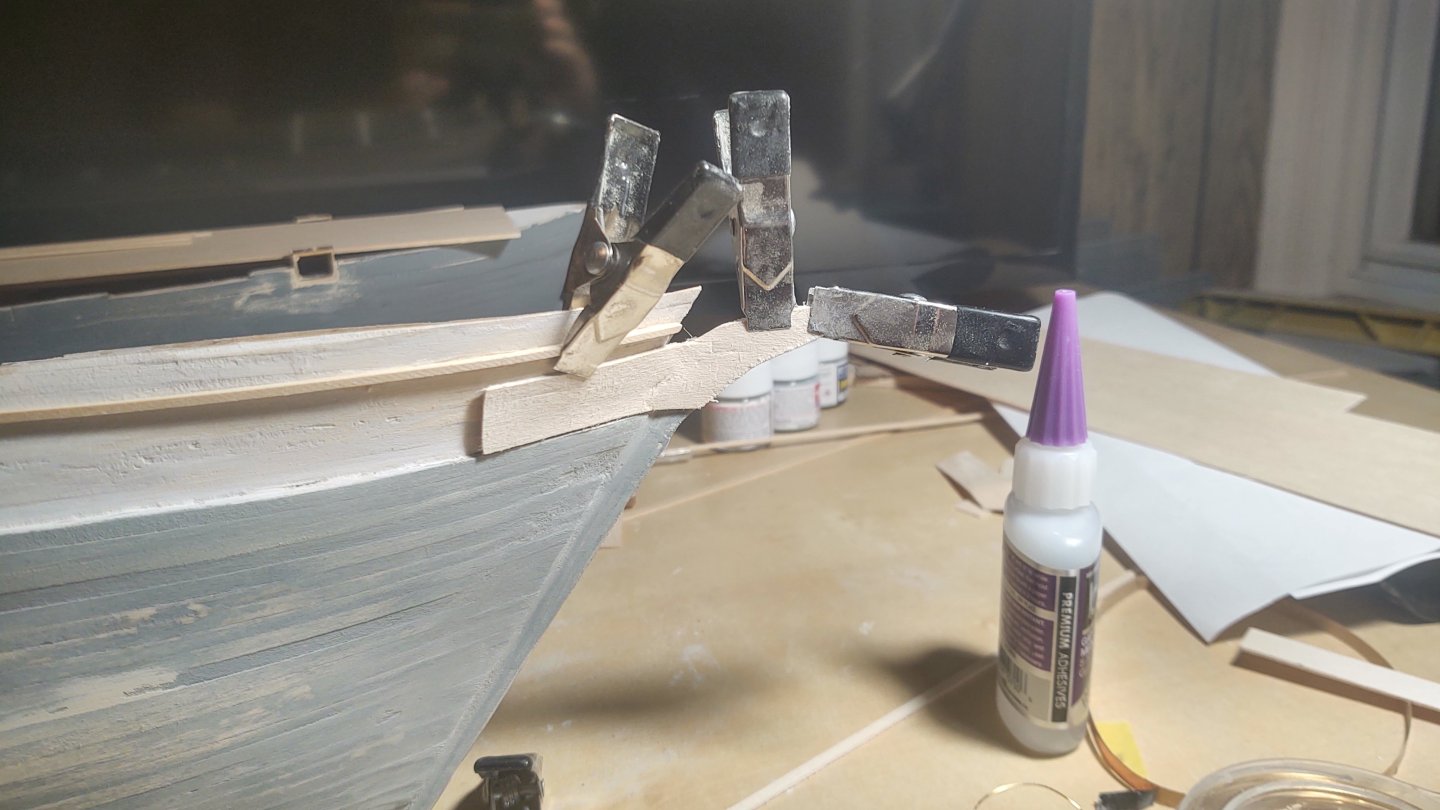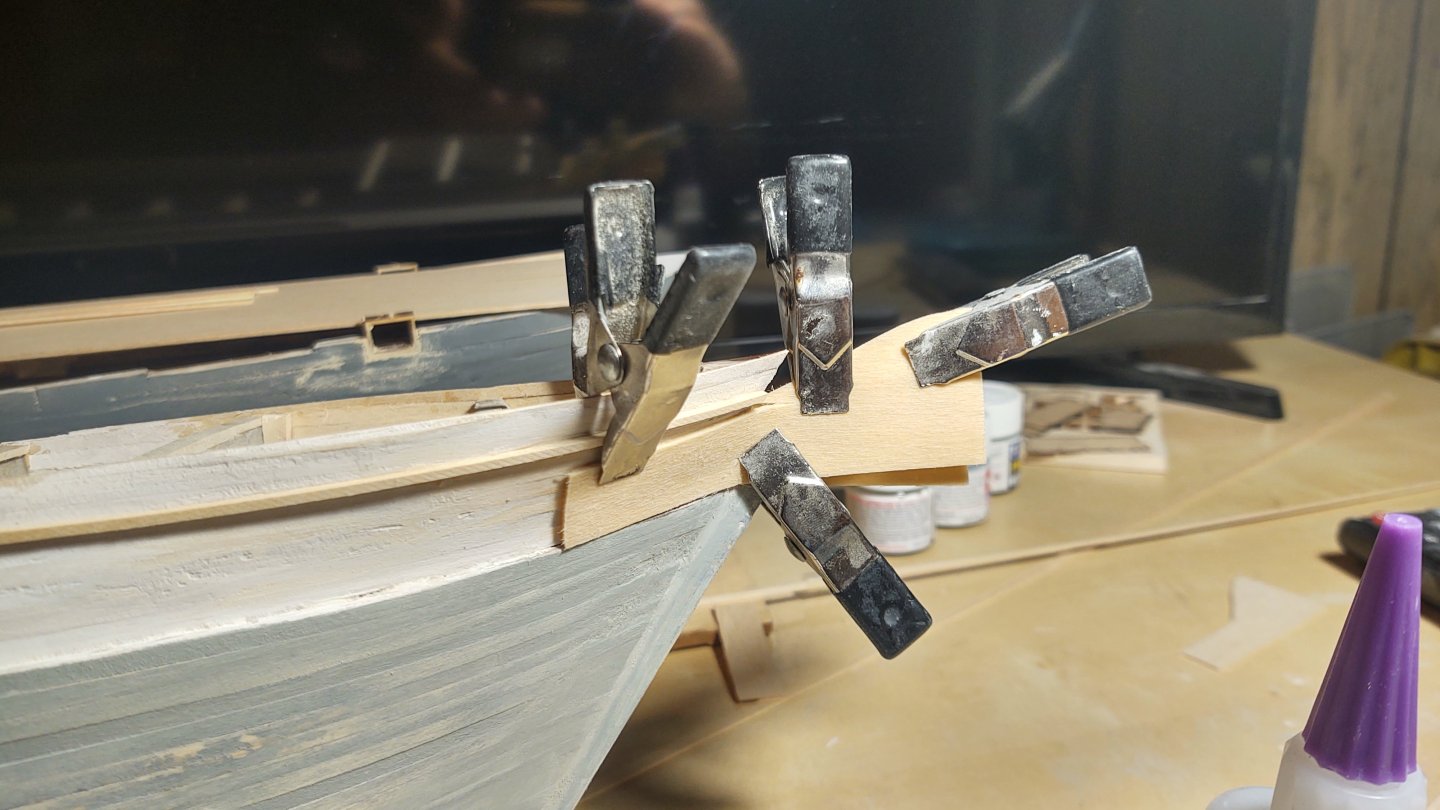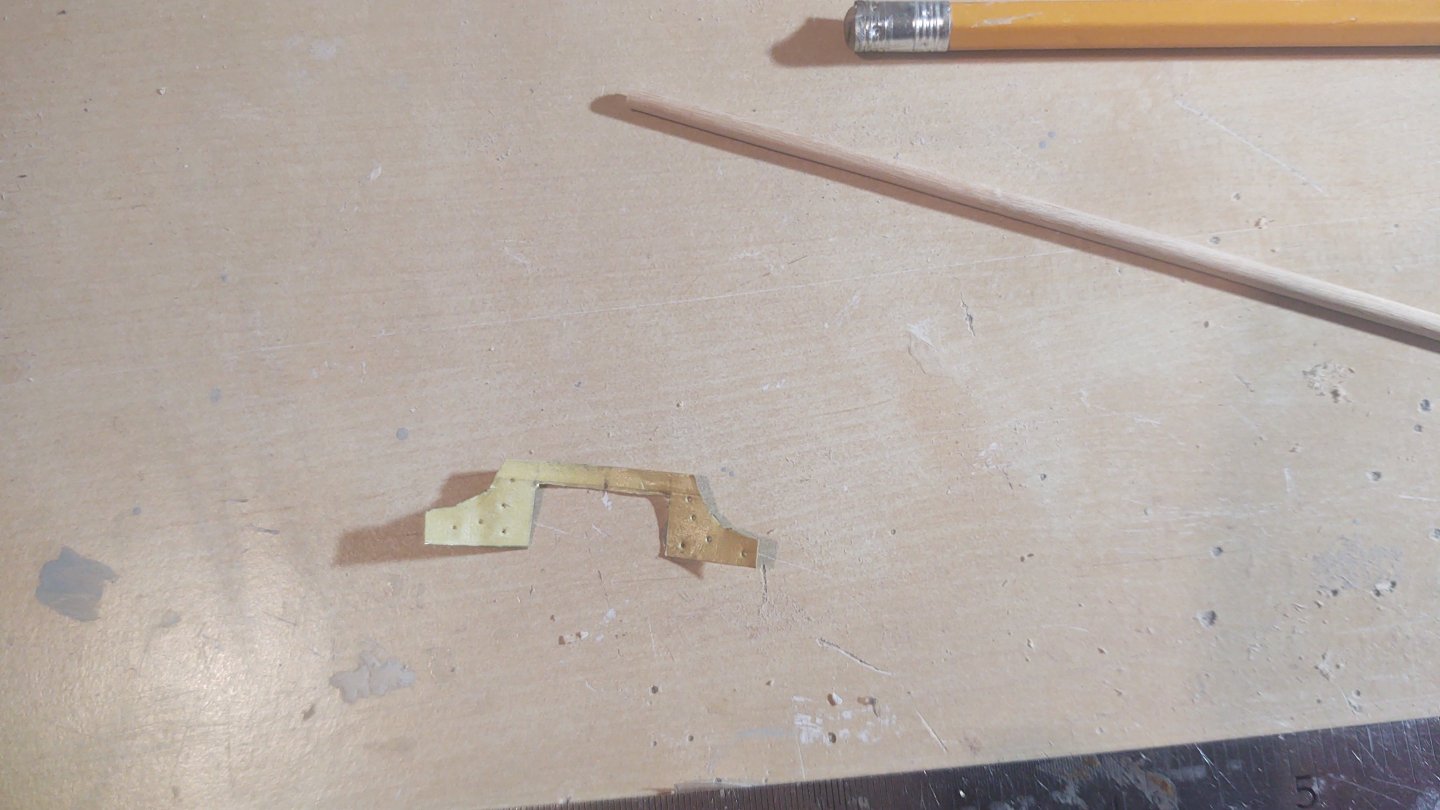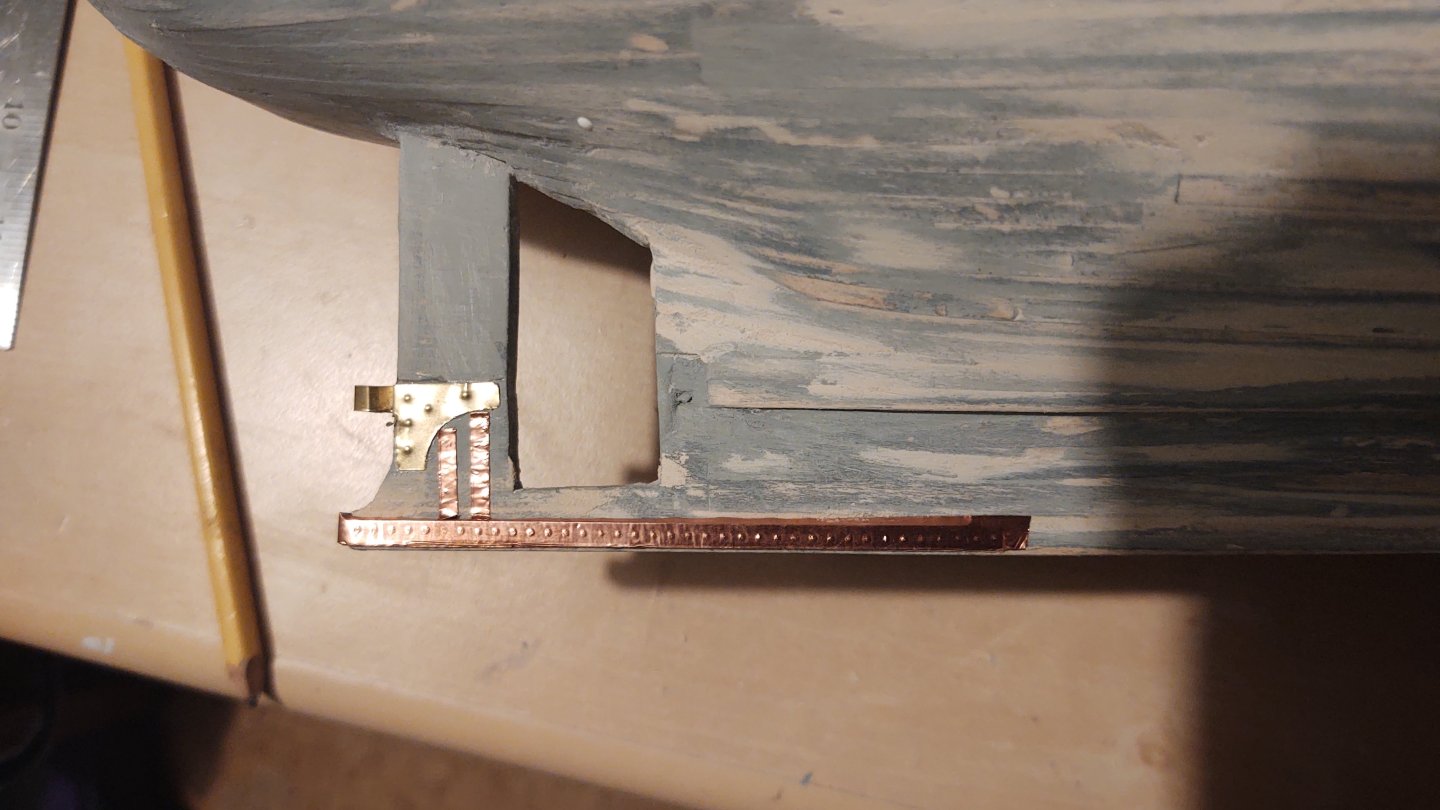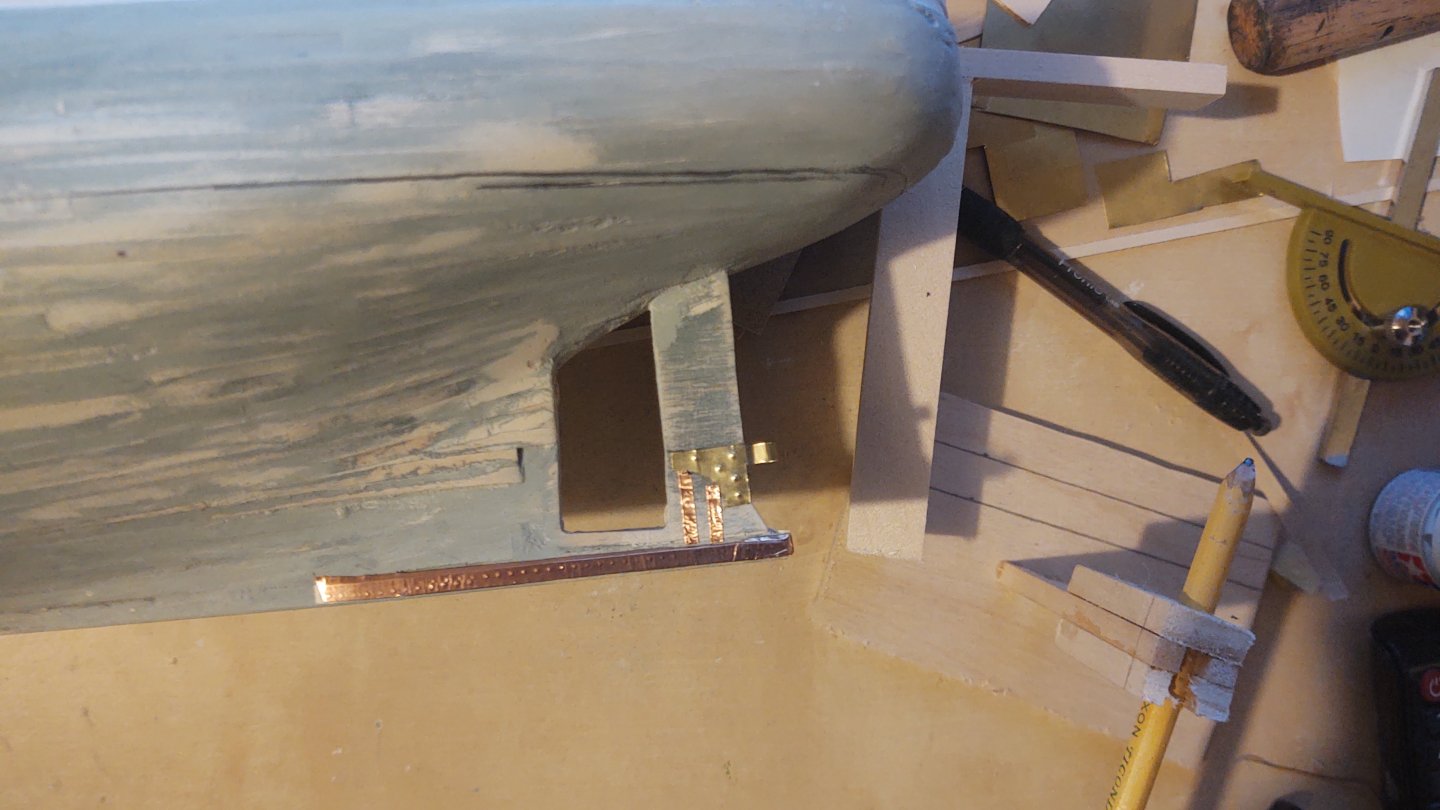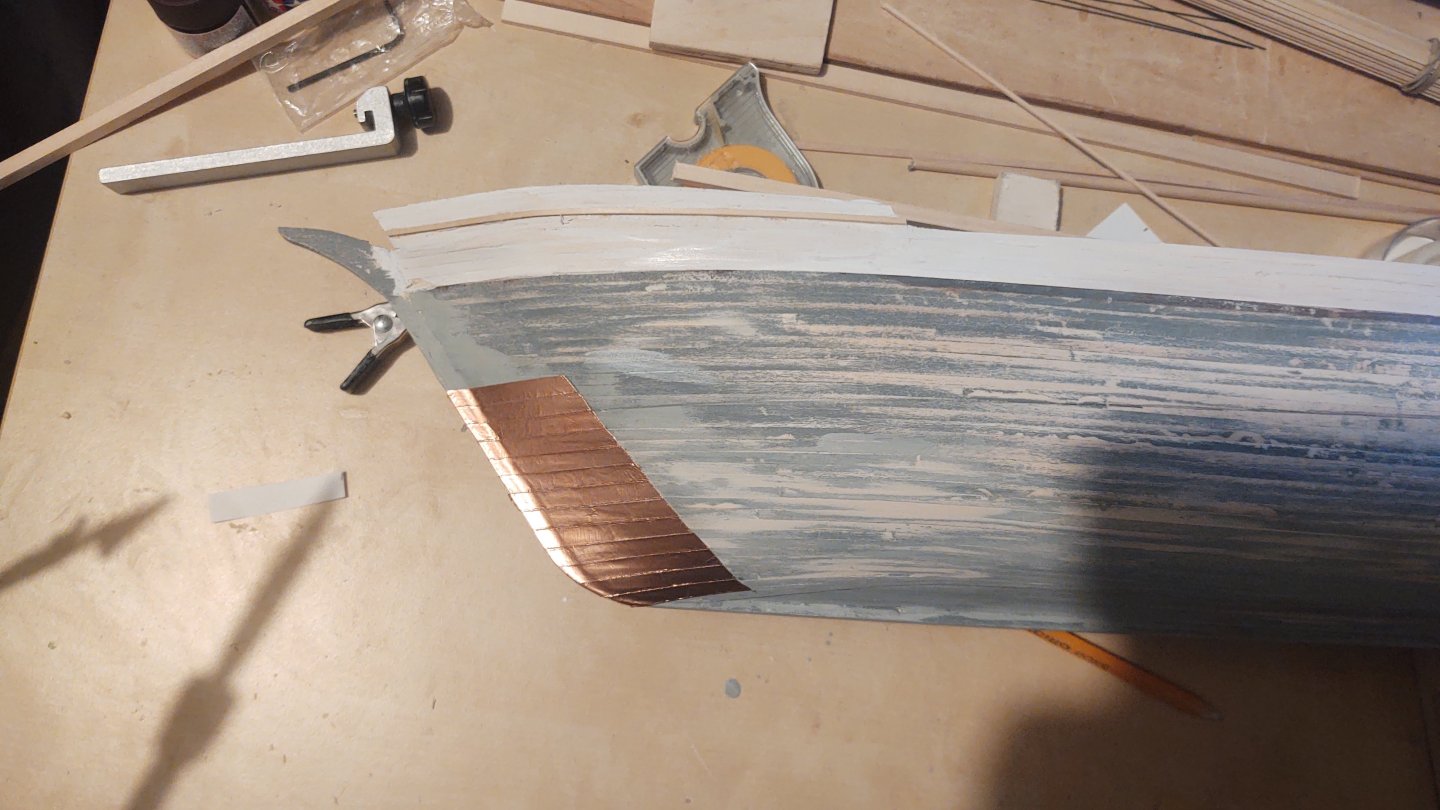-
Posts
717 -
Joined
-
Last visited
Content Type
Profiles
Forums
Gallery
Events
Everything posted by gak1965
-
Hm. I assume that the wrapping isn't transparent? Might have been interesting to look at the structure, but perhaps not ideal. FWIW, the last few times I've been in Boston (which tended to correspond to move in/move out dates where my kids where in college), the Constitution was similarly or at least partially dismasted. Yep - I've visited the Cutty Sark (and the NMM and the Royal Observatory) in her current (post fire) state. I was really impressed with how well they have her displayed, and it was very cool to walk under the keel. I thought about it. The interviews are in Manchester, then Oxford, then London. I will have a bit of time the day before the Manchester interview and depending on a bunch of imponderables (where the hotel I'm being put up is relative to the airport and train station, I might be able to take the Transpenine express to Edinburgh and then Scotrail. My concern is that I absolutely have to be at the interview site in Manchester at 9:30 AM the next day and I don't like being dependent on trains like that. I hadn't thought about a plane. London to Dundee seems to about the same distance is Washington DC to Boston, and I've certainly taken day business trips to Boston. I need to think about that. The main reasons I had kinda decided to do something else was because (a) I wanted to be within driving distance and (b) because the ship in Dundee isn't really the ship I'm modeling. Discovery was heavily modified in 1923. The only thing above the main deck that is the same is the engine enclosure. All of the rest of the deck furniture was changed, the masts moved and switched to a different rig (from 4 to 5 yards on the fore and main). It would be cool to see, but the time factors (4 hours sitting in airports + 3 hours airborne + 3 hours in hire cars) - I dunno. If the job offer comes through and I take it there will be lots of time to visit Dundee. Maybe Bristol|Bath|Brunel this trip - though I'm sure the thought will be in back of mind for the next couple of weeks... Regards, George
-
No update on the ship per se (I've been doing some work on Kearsarge for a little while. However, in 2.5 weeks I'm hopping over the pond for some job interviews in the UK, and I have a Monday off. Which begs the question, what to do? As it happens the Scott Polar Research Institute at Cambridge University has the originals of many of the photographs from the 1901 Discovery Expedition, and I have booked a desk in the photo library so that I can see the originals and resolve some of the questions that I was unable to answer from the resolution of the scans of the pictures. Very exciting! Regards, George PS: I may also have a chance to pop down to Portsmouth to see HMS Victory, HMS Warrior and the Mary Rose or over to Bristol to see the SS Great Britain (and Brunel's great Clifton Suspension Bridge). Choices, choices, choices.
-
Another update with some real progress, I think. First, I completed the hammock netting around the ship and fixed the frames for the gunports. I also mounted the laser cut pieces that provide the support for the forecastle deck. The top of those pieces need to be level with the top of the gunport frame, and as built, that was not the case, so I put the bow down on a piece of paper, traced the exterior from the forward gunports to the prow, and cut out four thin pieces of wood that I could use to build up the area under the deck. They were mounted and then sanded until they were (a) consistent with the outside curvature of the hull (b) properly level against the gunport, and (c) even at the prow. Took some time but it worked. Here are a couple of photos after an initial sanding and some primer. After this, I painted the interior bulwarks white (took 3 coats), and then installed the portholes (there are 20 of them): I've started painting the hull. This is the port side, painted black on the outside. and a view of port side from the bow. The starboard side isn't done yet, I wanted it to dry a bit before I turned it on its side. I am going to apply copper tape sheathing as I did with the Flying Fish, but I like to apply the copper to a black rather than primer, gray or unfinished bottom - I think that any gaps look better. As you can see between this ship and the Discovery in the background I've been going through a lot of flat black and flat white paint lately! As @MrBlueJacket says, "putty and paint makes it look what it ain't". I do have one question to those looking in. This is first time I've used a scribed deck, and I'm concerned that the line where the two halves join is going to be obvious. Here is a photo from while I was fitting the deck halves: As you can see, it looks good forward (where it will mostly be hidden alas, and is more obvious aft. I sanded off the char (holding the halves together so they would be uniform) and that helped, but... I haven't put any kind of stain on it yet, does that help? Any advice would be appreciated. Thanks for looking in! George
-
So, it's been a while since I have done much to the Kearsarge, I've been focused on the Discovery for a while. However, time to restart this log as well. I was putting in the hammock netting when I was last working on this, but I realized that I made a mistake, somewhat early in the proceedings. You may recall from an earlier post that I didn't understand this: Well, looking at the model as it was coming along, as well as photos of the real ship made me realize that this was not the way that the interior of the ship should look (you want to look at the gunport on the bottom of the picture. The gunport is the thickness of the hull, but you want it to be the thickness of the hull below the hammock nets and the thickness of the hammock nets in the area where the hammock nets are. That is what that picture in the instructions was trying to show. It just wasn't clear why, or, for that matter where the change should occur. This requires fixing, so this is what I am doing. Step 1: Again look at lower gunport. I thinned 1/16 square stock to about 1/16 by 1/32 so that it was the thickness of the gunport, and then glued two sections the height of the hammock netting to either side of the gunport. It sticks into the hull, but that's okay, I'm going to sand it later. Step 2: I put another piece of the about 1/16 by 1/32 wood as a cross piece. Step 3: Add a piece of 1/4 by about 1/16 wood to cover the whole thing: Step 4: Sand until even with the top of the hammock netting and the inside of the hull/hammock netting: Much better. Hopefully, this will keep someone from making my mistake. Six more to go as the hammock netting gets put into place. Regards, George
-
Oh. My bad. I think I used 4 (+1)sizes of thread for the standing rigging. They were 0.035, 0.030, 0.025, and 0.020 and some standard mercerized cotton thread for the ratlines. I kinda followed the size guidelines, matching the listed sizes to those 4 diameters, but making sure that things got smaller as I went up, and if something looked too big (or too small) I adjusted accordingly. I don't have a list, I just did what (approximately) matched the listed size and looked right. Hope that helps, GAK
-
Rick, I assume that you mean on the Flying Fish, not the Discovery? The problem I ran into was that the line sizes (e.g. 8.5 inch shrouds) on the plans were inches circumference, not diameter. So divide by 3.14 to get the actual diameter and then divide by 96 to get the right scale size. I came to the same conclusion - that they were using aircraft carrier mooring lines as shrouds, until someone explained this to me. That made a huge difference, those 8.5" shrouds went from 0.09 to 0.028 which seemed a lot more reasonable. If that isn't the problem - my apologies. Regards, George
-
As they say, "apart from that Mrs. Lincoln, how was the play" 😀 Actually, it was very relaxing. Because I'm job hunting right now, and my wife and I both have elderly parents, we didn't want to completely disconnect, so we paid for basic internet for one device. However, it was actually pretty easy to ignore the outside world, which was our goal. We were still in the bottom 10% of the age distribution on the ship (there were some families with kids, and one or two newlyweds), but this is definitely a more mature crowd. It's Cunard, so more about lectures, trivia, and ballroom dancing than hardcore partying as you might see on a lot of the other ships. And although they weren't overly fussy about it, people dressed nicer for more events, which was kind of fun. I mean, I brought and wore a tuxedo two of the nights - I think the last time I put one on was for my sister's wedding in 1999, and, like I said, it was fun. The stabilizers worked well, the ship was busy without being overly crowded, and I could run on the promenade deck without much trouble. The negatives: We began to find the food a bit boring. It was British, all the time. I don't know why they didn't bring say Indian food, or Italian food into the main dining room occasionally (they had specialty restaurants for both of those cuisines). And if you are really prone to seasickness the ship rolls more than say a cruise ship in the protected waters of the Caribbean. But those are mostly nits if you are just doing a one way trip. A lot of the people were on for a 28 day cruise (Southampton -> Caribbean -> New York -> Southampton), and I think those nits would start bothering me more by that point. Bottom line is that if you have the time to spare, the cost isn't radically different than an economy plus airline ticket, and it is a lot less hassle than an airport (although I will say that the terminal in Southampton is a bit of a dump). If my 88 year old father and his 85 year old girlfriend got a yen to go to the UK, I'd send them this way - cheaper, more fun, and less stressful - no jet lag, for example. And it is a classic journey, one that our grandparents took. I didn't get to see the Statue of Liberty coming in (I was in quarantine and we were on the wrong side of the ship to see it from our cabin), but my wife did, and that's a pretty iconic experience. Regards, George PS - We booked a "sheltered balcony" cabin, which I can't recommend enough. They are lower in the ship (we were on deck 5), the common areas, in contrast to most ships were on very low decks (generally 2 and 3) so that the dining room and show venues don't roll too much, and the main promenade is on deck 7. We wound up not taking a lot of pictures of this, but your cabin has a double wide glass door, so lots of natural light, and a small balcony with two chairs and a table. But unlike the balconies on the higher decks (basically open, and separated only by glass partitions, these balconies are cut into the outer part of the ship's hull. This is the only picture we took that shows it well - we were already docked in Brooklyn: Basically, if the wind is howling (and we had 40 knot headwinds + 20 knots of ship speed some days) you don't get nearly as blown around as if you are in the open balcony, but can still step out and get some nice air directly from your cabin (and when I was quarantined I really appreciated that). The visibility isn't as good sitting in the chairs, but in December we weren't likely to be doing that for long anyway, and the sea remained the sea. It wasn't like we were in Alaska or Norway and would be viewing many sights from the ship.
-
Well, we are (almost) back (sitting in the train hall in NYC. A couple of images for you all. First, a Santa bike ride at London Waterloo on our way to Southampton. A bit of sea: A model of the QM2 (large, scale uncertain): Homer a Simpson in one of the bas reliefs: And two photos of the more things change. Nibbed deck planks: And wooden deck gratings It was a nice trip until Thursday when I wound up with a norovirus infection, which is not recommended. Regards, George
-
Congratulations on retiring, I hope you enjoy it. The model is looking fabulous! George
- 345 replies
-
- Flying Fish
- Model Shipways
-
(and 1 more)
Tagged with:
-
Great new Jared. Looking fabulous! George
- 431 replies
-
- Flying Fish
- Model Shipways
-
(and 2 more)
Tagged with:
-
To heck with that! We both intend sail the Atlantic on a sea of wine and meals prepared by someone else. I take your point though. The morning of that storm in Alaska (on the 1950s SS Rotterdam) breakfast was much less well attended than usual, and while we were eating, a wave hit one of the portholes just right and blasted it in. We lifted our feet as water rushed under our table, the crew plugged the hole, and we moved to the other dining room. And hey, Dramamine is OTC. Regards, George
-
And where they were going, shrinkage would be an issue... Yep. What I have been finding is that you need to be really careful. I was looking at a web page I recently found with a listing of the ship's crew, and some photos. https://www.coolantarctica.com/Antarctica fact file/History/antarctic_whos_who_discovery.php In theory this was about the 1901-1904 voyage. There was a signed photo of the ship included, and I had a start, because it looked like the bowsprit was not the single pole shown in the plans, but the two piece bowsprit/jibboom on the current ship. But, looking more carefully at the signatures, the people that signed were from the 1929-1931 BANZARE expedition, that also used the (post-refit) Discovery. Stuff from Dundee Heritage is much more careful, but they seem to have much more information on the refitted (i.e. current) ship than the original. Incidentally, if anyone actually wants to make the current ship, Dundee Heritage has been digitizing the refit plans - they are there for the asking. An update. I decided to tackle the forecastle next. It turns out I needed to repair a broken chunk of the forecastle first, but simple to do. There are two things that need to be in the forecastle (which is sealed off): a resting place for the bowsprit and an anchor point for the lower main forestays. The latter is here: And here are the two of them mounted in the forecastle. The clamps were holding a couple of planks I was pre-bending to become the edges of the deck planking on the forecastle. I then installed the sub deck (first cutting a convenient path for the bowsprit in one of the supports built into the subdeck, and then planked it. A couple of the planks took the stain way more than the others, but, it is what it is. I bought them at my local hobby shop, I wonder if maybe they were a different batch. Here is the ship as a whole from two slightly different views. Next up is going to be the bulkhead that closes off the forecastle (minus the doors), rudder and prop, the decorative work on the prow, and then the main rail. Finally, here is your historical Discovery photo for the entry. This is the crew looking forward, sitting between the main and foremasts. The structure on the left (aft) is the above deck portion of the engine room and one of two reels attached to that structure. Good views of the primary boat frames. We learn several things from this photo. 1) The main mast also has tied ratlines, rather than the slats on the current ship (a previous photo indicated that the foremast was similar. However, I think that the shrouds are wire as indicated in the plans, as opposed to the foremast whose plans (and another photo) indicate are hemp (no metal within 9 meters/30 feet of the magnetic observatory). The modern ship has a bulge in the main rail to accommodate the chainplates that are not shown on the plans and that don't seem to be present here. Finally, the modern ship has the metal engine room structure painted white, and that is definitely not the case here. It's not black/navy blue - compare the color with the sailor's uniforms - maybe just raw steel? But I would assume you would want some kind of protective coating on anything going to sea - some kind of gray? Will have to noodle on that a bit. This is probably my last update for a couple of weeks. My wife and I just turned or are just about to turn 60, so we are taking a bucket list trip, flying to London on Wednesday, and taking the Queen Mary 2 from Southampton to New York. It's surprisingly affordable this time of year (perhaps because the North Atlantic is rough and cold?), so we figured what the heck. We've both spent plenty of time at sea in rough weather, including a winter storm (40 ft seas and 75 MPH winds) off Alaska on our honeymoon and the ability to disconnect will be good. As always, thanks for looking in and the likes. Regards, George
-
Thanks Keith! It's hard to judge exactly, but my read is that the planks in the photo above are between 4 or 6 inches wide (depends on how big the sailor's feet are). As a result, it's probably a bit small as the planks are 1/16 which is to say 4.5 inches at scale. The next commonly available size was 3/32 which is 6.75 inches at scale, and I prefer to err on the small rather than the large side. Regards, George
-
Thanks Rick! Well, a bit of an update. I've put the main deck planking on. As I mentioned, the junction at the stern is basically in a single joint, but it's going to be covered by a monkey poop, so no one is going to see it at the stern. First, mostly done: And complete: Eagle-eyed observers will note that I fitted a subdeck on the forcastle. I will glue that in place once I've set up the mounting point for the bowsprit and a couple of anchor points for the lower main forestays (which annoyingly mount inside the closed forecastle), and then will put the forecastle deck in place. As an aside, there are two doors into the forecastle from the main deck, which I will not be installing until after the standing rigging is in place, as that is how I intend to get to the forestay anchor points. Given the ship's current state, I thought I would share this one picture from Dundee Heritage Trust. It's of the Discovery in 1923, as she was going in for a refit prior to becoming an oceanographic vessel (and in many ways becoming the ship she is today). I'm pleased that there is a certain resemblance here to the model. I've started thinking about the deck furniture and this has got me deep into questions about how much to trust various sources, and specifically the current ship. As I've shown before, the plans have two deck houses in the stern that butt up against the monkey poop. Between the deck houses are the access port so that you can repair the prop, and the rudder post. Here is a picture of the starboard deckhouse (and a giant albatross) (from the Scott Polar Research Institute) Note a couple of things here. The deckhouse runs right up to the main rail and has doors on the forward side. You will note the officer standing on a rectangular metal conduit - that is the path for the chains that operate the tiller. You will also note that there is a lot of open space. By contrast, here are some pictures of the ship today (all from Wikipedia). Looking forward: And looking aft: The deck houses are smaller, have no forward doors, are closer together (it's jammed up against the access point for the screw, and the steering chains go to the outside of the deckhouse, not the inside) and do not touch the main rail. Bottom line is that as nice as it is to have the real ship around, about the only thing that can be trusted is what is shown in that reconstruction photo above - the hull. Everything else is going to have to come from plans or photos (and ones from 1901-1904, not ones after the 1923 refit). Which is okay, I just need to keep reminding myself. As always, thanks for looking in and the likes. Regards, George
-
Jared, You are really flying through the rigging process! Looking great! Regards, George
- 431 replies
-
- Flying Fish
- Model Shipways
-
(and 2 more)
Tagged with:
-
Okay, another brief update. The outer hull is painted. It needs a bit of touch up, but otherwise is in pretty good shape. I've subsequently started the deck. Annoyingly, the main deck needs to be 24.5 inches long, and I can primarily find 24 inch long lumber. So, the question is whether to do a proper, stepped set of planks or to find some alternative. Ultimately I remembered that the last couple of inches of the main deck are covered by a monkey poop and won't really be visible (as seen here): So, bottom line is that I'm just going to join them all at the stern. It's not as neat as staggered joints, but it will be hidden, so, no matter. The forecastle is closed on the Discovery, so the deck only needs to extend a bit forward of the third bulkhead. As always, thanks for looking in and the likes! Regards, George
-
Well, some paint going on the hull. So - the first decision was what color to paint below the load water line. In the end, I decided to use the Tamiya "hull red", which I realize is an IJN color, but it represents a reddish brown lead paint color. And because it is darker, it seems more consistent with the relatively small difference in shading we see on those black and white photos, for example, this one: Here is the model with just the hull red to the load waterline. You will note that I have painted the bulwarks white - not because they are going to end up that color, but because that way I sealed any gaps so when the black paint goes on it will not leak through to the inner bulwarks which are white. Second, you will see that I have painted a 1/8" white stripe just below the bulwarks. As you see in the above photo, there is a white stripe, but that stripe is below a wale on the hull. That wale is going to be made with black painted 1/16 inch square stock that will be attached at the top of the hull stripe, leaving a 1/16 inch (4.5 inches at scale) white stripe as shown above. And here she is with the black paint. You can see that the stripe at the stern is wider. I need to soak and pre-bend a 1/16 strip to go around the stern, and then I will paint the remainder of the bulwark in that area once I can no longer drip onto the lower part of the stripe. Bottom line is that it needs some touchup, but the stripe is in place and I think that the colors are at least a reasonable, defensible choice even if it turns out I am wrong. Thanks for looking in and the likes! Regards, George
-
Do you know how loose the mast was in the socket? To put it another way, do you think you can move it without redrilling the hole? Are you confident that it isn't just being pulled to one side by tension on the shrouds? The lanyards make sense as a first pass if you have enough room between the deadeyes to correct for the lean without making the shrouds and lanyards look too unbalanced compared to the other masts. Sorry to hear this, but it could be worse. The other two masts look nice, straight and aligned Regards, George
- 431 replies
-
- Flying Fish
- Model Shipways
-
(and 2 more)
Tagged with:
-
Well, finally doing an update. It's been a somewhat chaotic time for me. I'm preemptively looking for a new position, and we went on vacation with my older daughter who lives in Boise. So, good and bad, but either way reduced time in the shipyard. However, before we get there, a couple of photos from our time with our daughter in the Dakotas. We met her in Denver and drove to Rapid City and stopped a bit on the way. So, first, in Nebraska (where she lived before she moved to Boise, but never saw these sights. Scott's Bluff National Monument: Chimney Rock National Historic Site: Into the Black Hills of South Dakota, we have a number of sites. Mount Rushmore National Memorial: Wind Cave National Park. Unfortunately, the cave was closed, but the park has amazing hiking: and all kinds of interesting wildlife including prairie dog towns and these: Badlands National Park where we saw Bighorn Sheep and rugged country: Devil's Tower in eastern Wyoming: FYI - on a nautical theme, this is an old photo, but you see it everywhere in Wyoming: Finally, one additional stop, Minuteman Missile National Historical Site. We stopped at the Visitors Center but for some reason they had closed the actual missile site that day. Nevertheless, here is the Delta-9 site. One thing I have never been able to explain to my children (who are 26 and 24) is the existential dread that we all had during the Cold War. As I've mentioned in one of my other build logs, I remember the Destroyer I was on being shadowed by a Krivak in the Med off the coast of Lebanon in 1984, the Able Archer 83 fallout, and when I was in Kyiv in 2008, it was really weird to go visit the Mother Ukraine statue (then called the Rodina Mat) and see something similar to this in the form of an R12 MRBM. I certainly never expected to get this close to a (decommissioned) missile silo in my younger days. I wonder if I might have been able to provide a bit more context to my daughter if she had been able to see the missile in situ (it's visible through a glass cupola you can see in the center of the photo so that its decommissioned status can be verified by satellite) but this was the best we could do. On to the model. I've sanded the hull to where it is now ready to start accepting some of the additional components that are needed prior to painting it for real. This is the first version of the lower mount for the rudder (I realized the join piece in the middle is in the wrong place and remade it, but it gives you the idea for what I'm doing. The two roughly triangular pieces mount on the stern post, and the connector is used to create a circular mounting point for the bottom of the rudder 1/8 of an inch in diameter, with a doubled connection of 1/16 inch, with the rest of the connector (the two, 1/8 inch segments closest to the triangular elements mounted on the back of the keel. If that sounds a bit weird, here it is in situ, you can see where the loop is made and the connector is. In addition, I used a ponce wheel on some copper tape to mark some additional ironwork that is on the keel and the sternpost. Discovery has iron plates on the bow to aid in the breaking of ice. These are being made from copper tape to keep them from getting too far out of scale. I'm looking for some very tiny nails to use on the tape to represent the relatively small number of bolts. I'll see what I can find - if I can't find small enough ones I'll leave them off - they won't be very visible once they are painted anyway. The iron shield extends slightly above the load water line, which is now marked on the hull (you can see it as a pencil line). In fact, I used the LWL to direct the placement of the copper tape representing the plates. You will also see that I have installed some (unpainted) wood that represents the continuation of the main rail once it reaches the forecastle. Finally, I pre-bent and did the initial trim on the trailboards (I hope I've got the right terminology here, please correct me if I'm wrong). They will contain the scrollwork on the stem and will not go on until after the hull is painted, but I wanted to shape them first. My plan is to practice carving the scroll work on scrap until I'm confident enough to do the job and then work on the shaped pieces, but here they are for now. Initial piece (soaked in hot water and allowed to dry on the model. And with the initial trimming. I think I need to trim the area that currently overlaps the prow - need to check back with the plans. Pardon the long and rambling post. As always, thanks for looking in! Regards, George
-
For what it's worth, being in a small boat in the California coastal zone is one of only two times I've been seasick, and I've ridden ferries to the Arran Islands in gales, and been through a storm with 75 mph winds and 40 foot seas during our honeymoon (off the coast of Alaska in the old 1950s SS Rotterdam) without difficulty. The combination of (a) small boat, (b) slow, rolling chop, and (c) the fog that rolls in during the morning makes you completely lose the horizon and your senses don't know what to think. The other time was in an absurdly overheated ferry heading out into the arctic ocean. I stayed on deck for the return - rather be cold than seasick. The Cape is looking great. It's nice to see the less loved ships get some attention. Regards, George
- 433 replies
-
- minesweeper
- Cape
-
(and 1 more)
Tagged with:
-
I put the tackles in place before the fife rails, and it helped sort of. One thing I found is that if I did that and didn't bring the blocks to the approximately correct distance apart ahead of time, when I did arrange the blocks correctly, the "embedded twist" (sorry can't think of anything else) in the lines caused the blocks to kind of torsion (basically they started twisting relative to each other). Some I could untwist, others I had to do what you describe - pull it out, re-rig, and then reinstall the bolt. One more thing to watch out for is if you bump into the yard, it can pull the bolt out or stretch anything stretchable and you wind up with a "saggy" line. Needless to say, I know this because I did it many times.
- 431 replies
-
- Flying Fish
- Model Shipways
-
(and 2 more)
Tagged with:
About us
Modelshipworld - Advancing Ship Modeling through Research
SSL Secured
Your security is important for us so this Website is SSL-Secured
NRG Mailing Address
Nautical Research Guild
237 South Lincoln Street
Westmont IL, 60559-1917
Model Ship World ® and the MSW logo are Registered Trademarks, and belong to the Nautical Research Guild (United States Patent and Trademark Office: No. 6,929,264 & No. 6,929,274, registered Dec. 20, 2022)
Helpful Links
About the NRG
If you enjoy building ship models that are historically accurate as well as beautiful, then The Nautical Research Guild (NRG) is just right for you.
The Guild is a non-profit educational organization whose mission is to “Advance Ship Modeling Through Research”. We provide support to our members in their efforts to raise the quality of their model ships.
The Nautical Research Guild has published our world-renowned quarterly magazine, The Nautical Research Journal, since 1955. The pages of the Journal are full of articles by accomplished ship modelers who show you how they create those exquisite details on their models, and by maritime historians who show you the correct details to build. The Journal is available in both print and digital editions. Go to the NRG web site (www.thenrg.org) to download a complimentary digital copy of the Journal. The NRG also publishes plan sets, books and compilations of back issues of the Journal and the former Ships in Scale and Model Ship Builder magazines.




